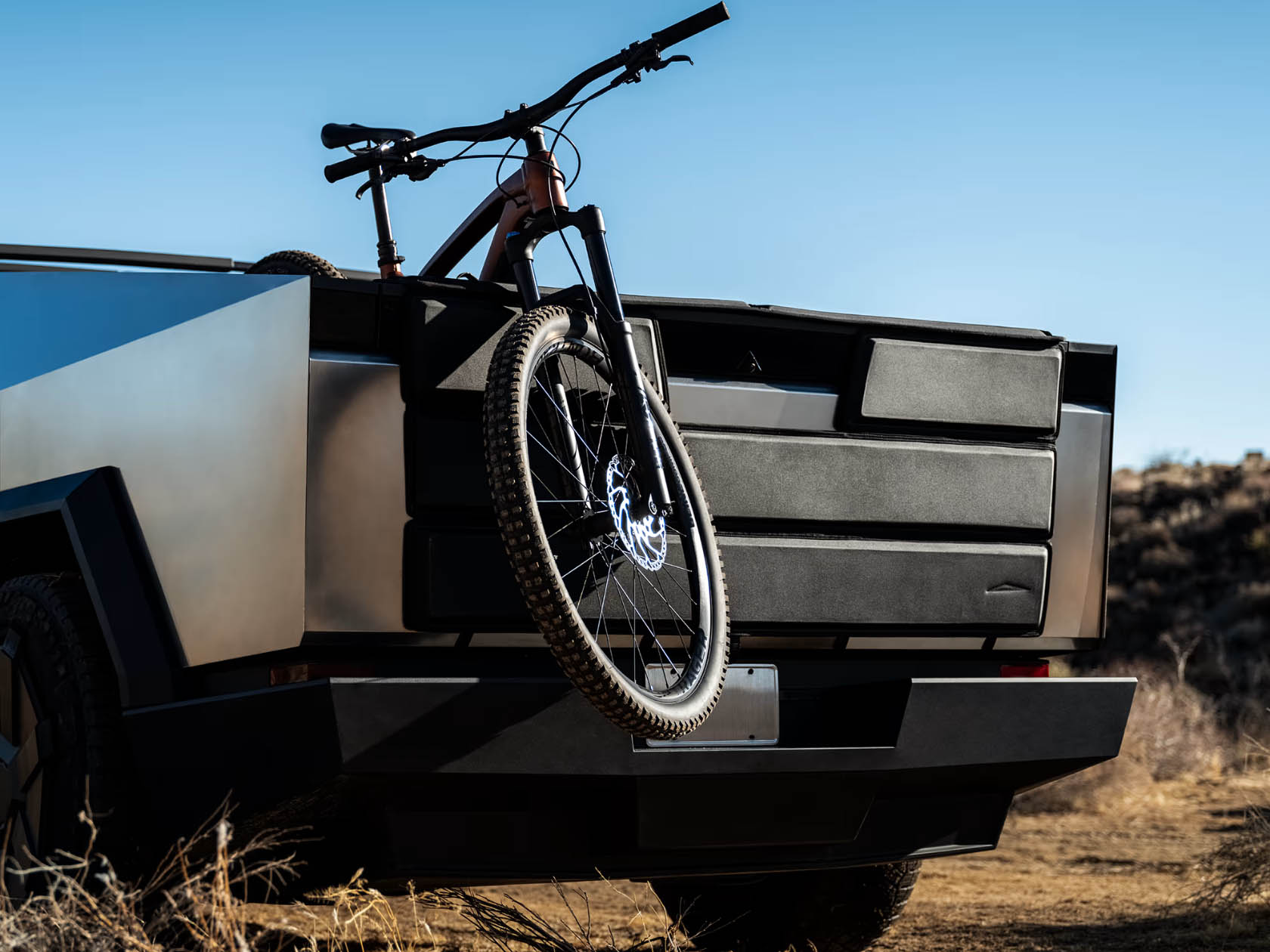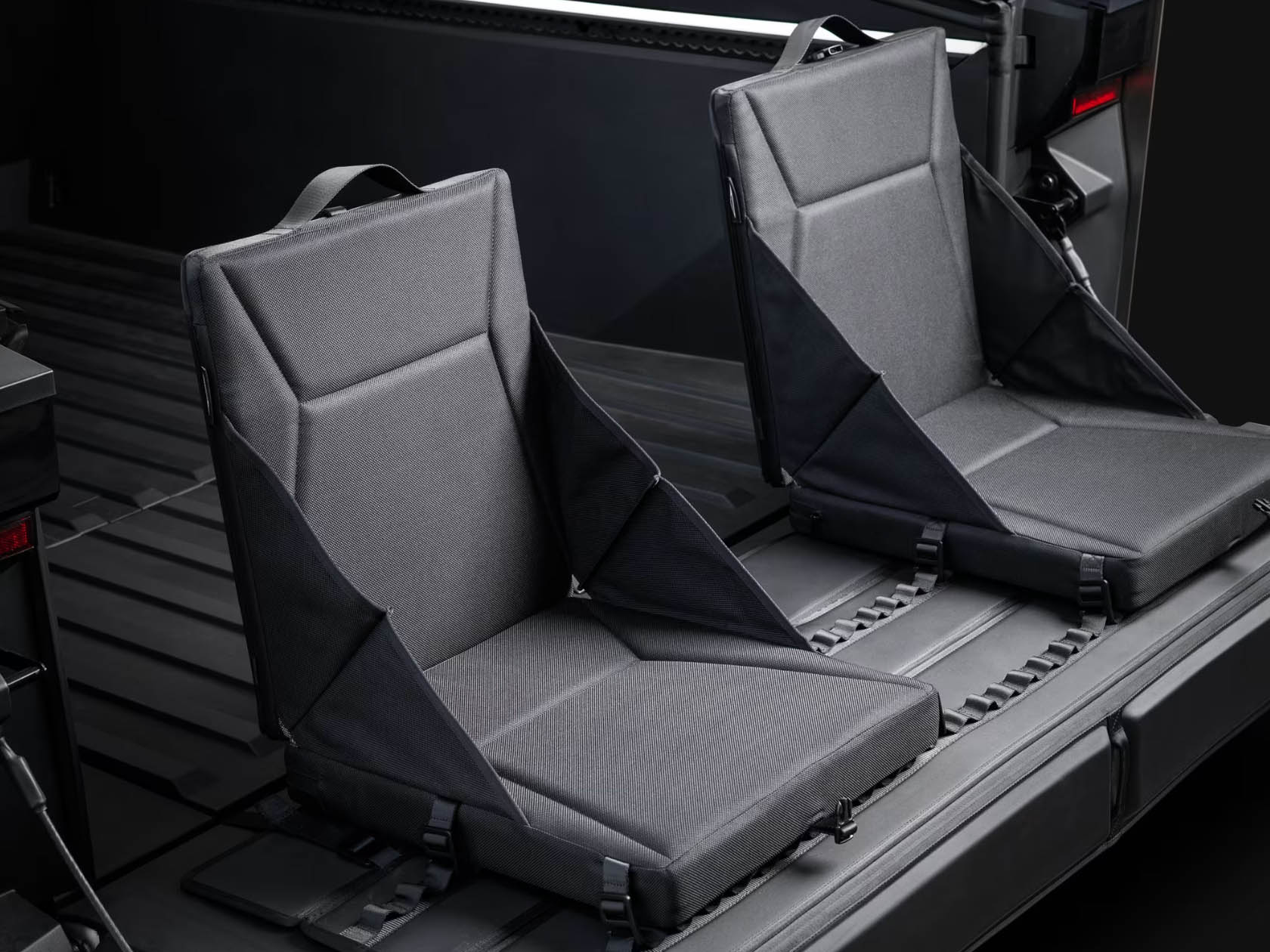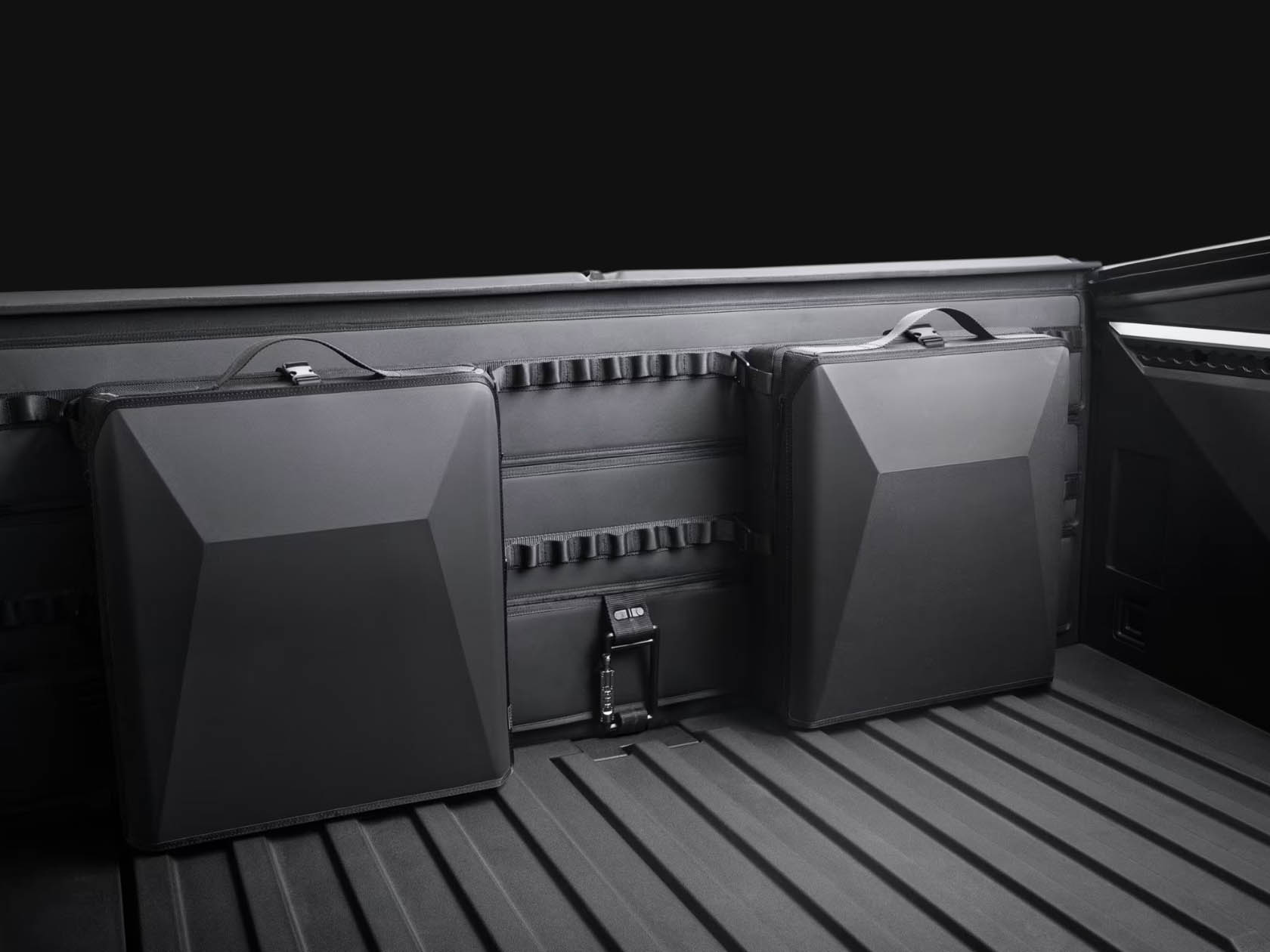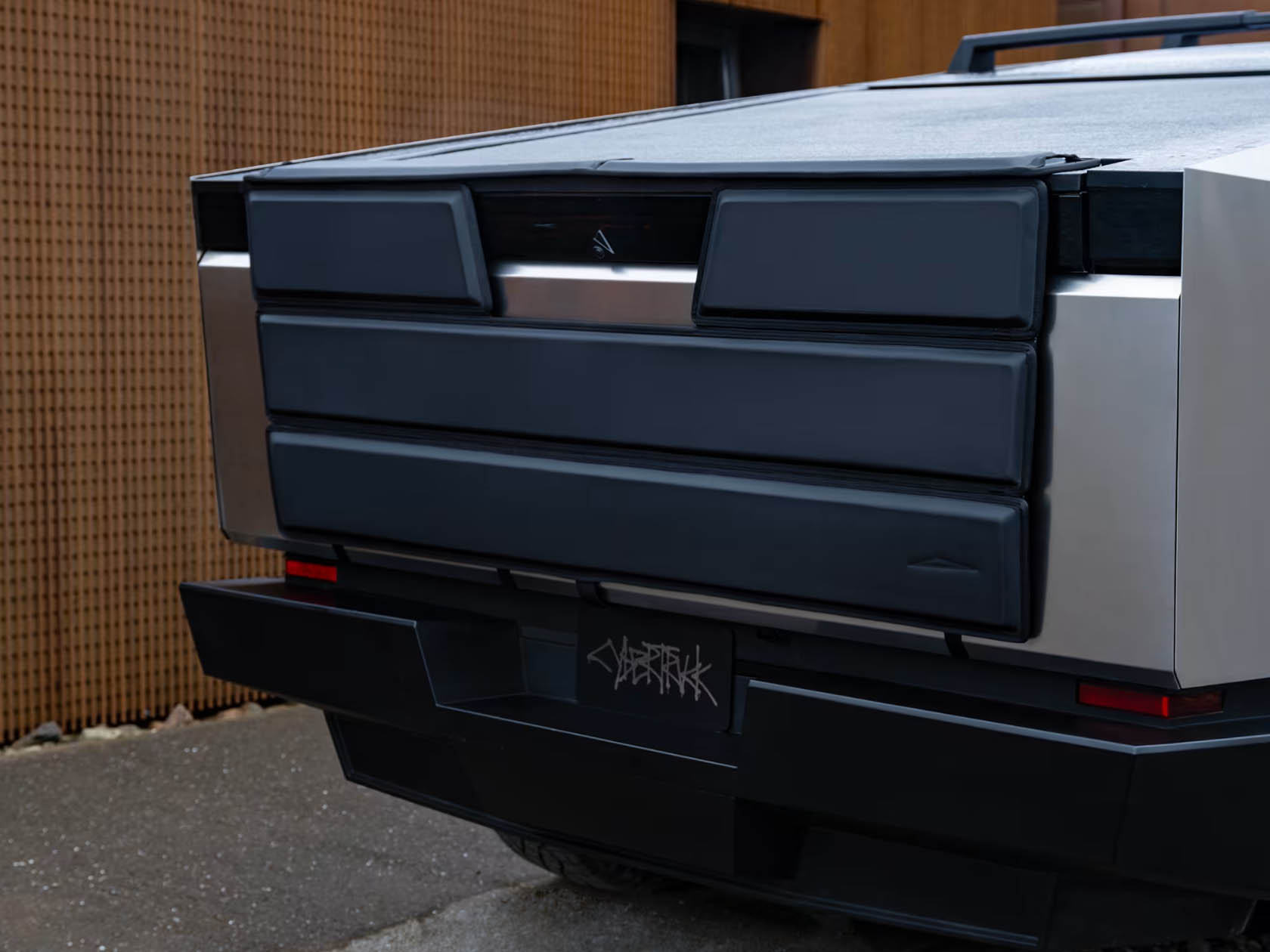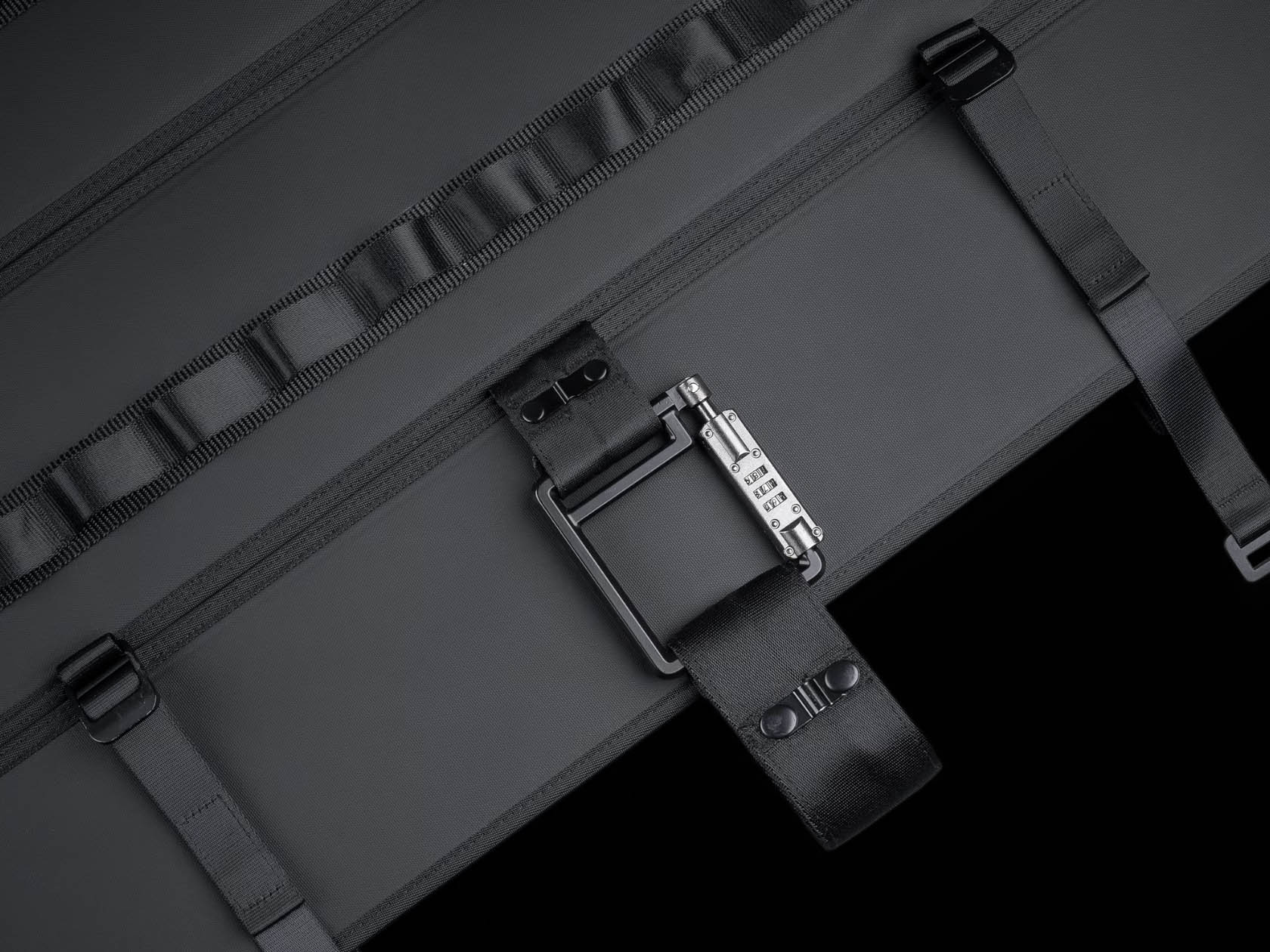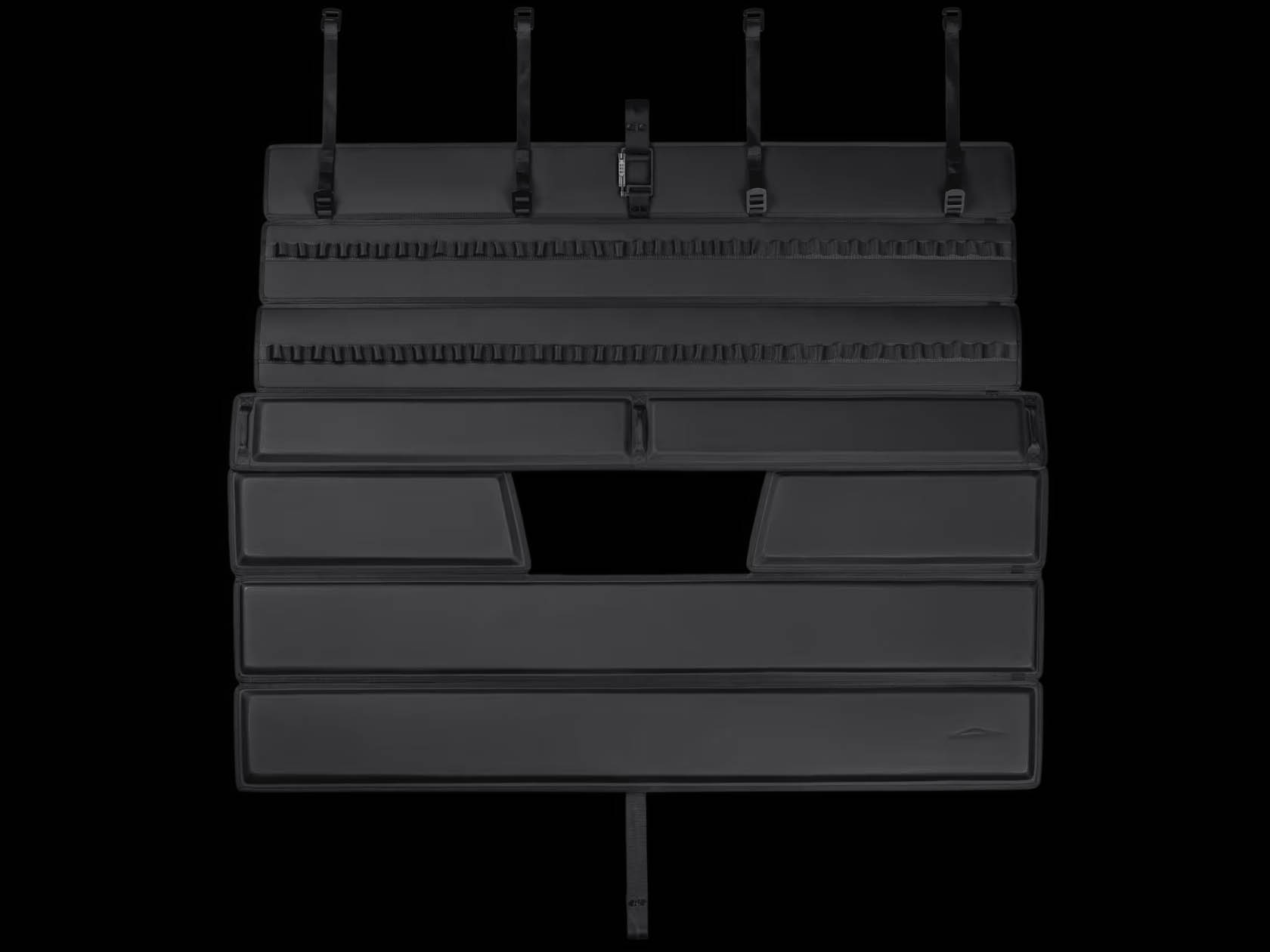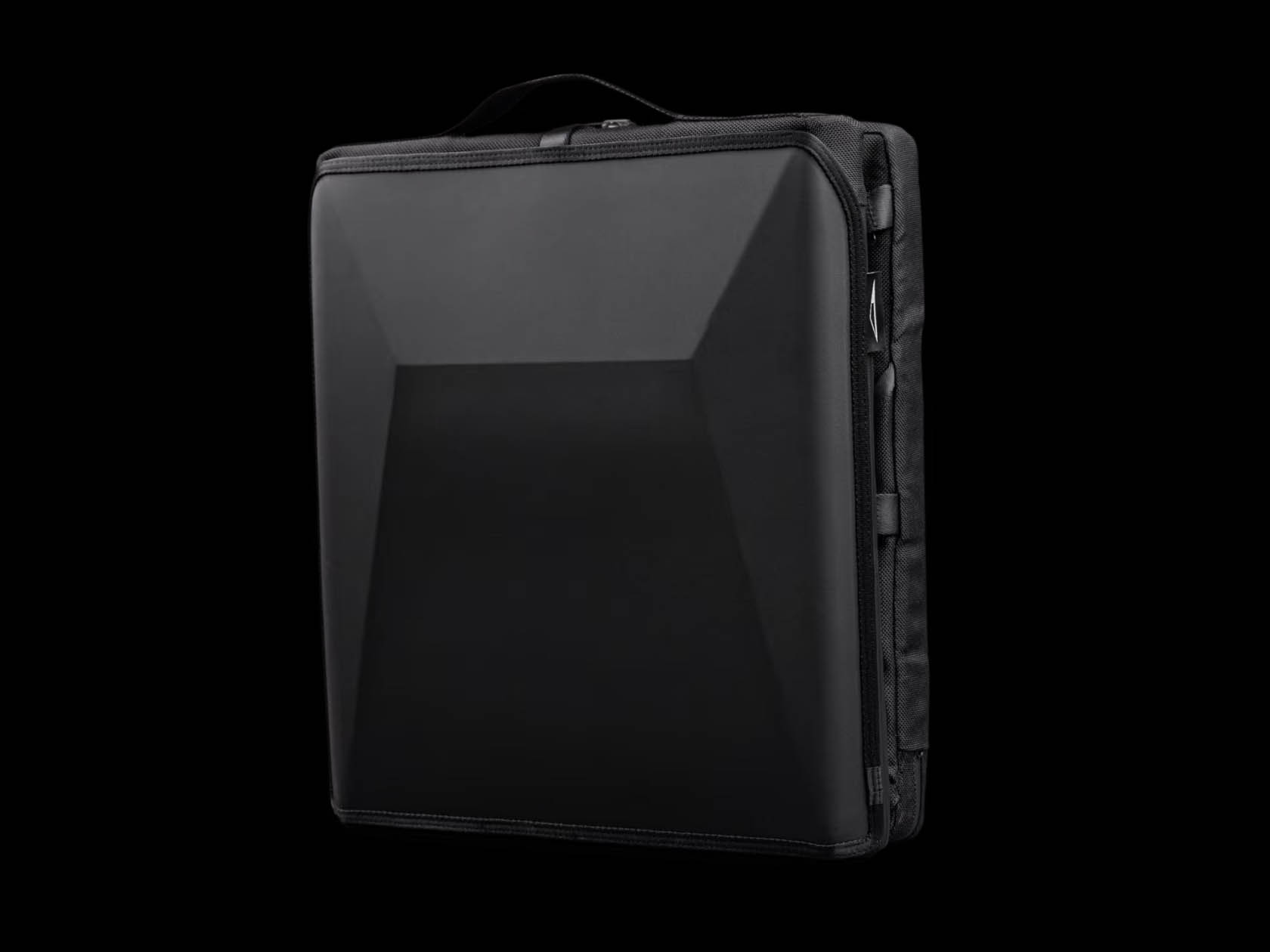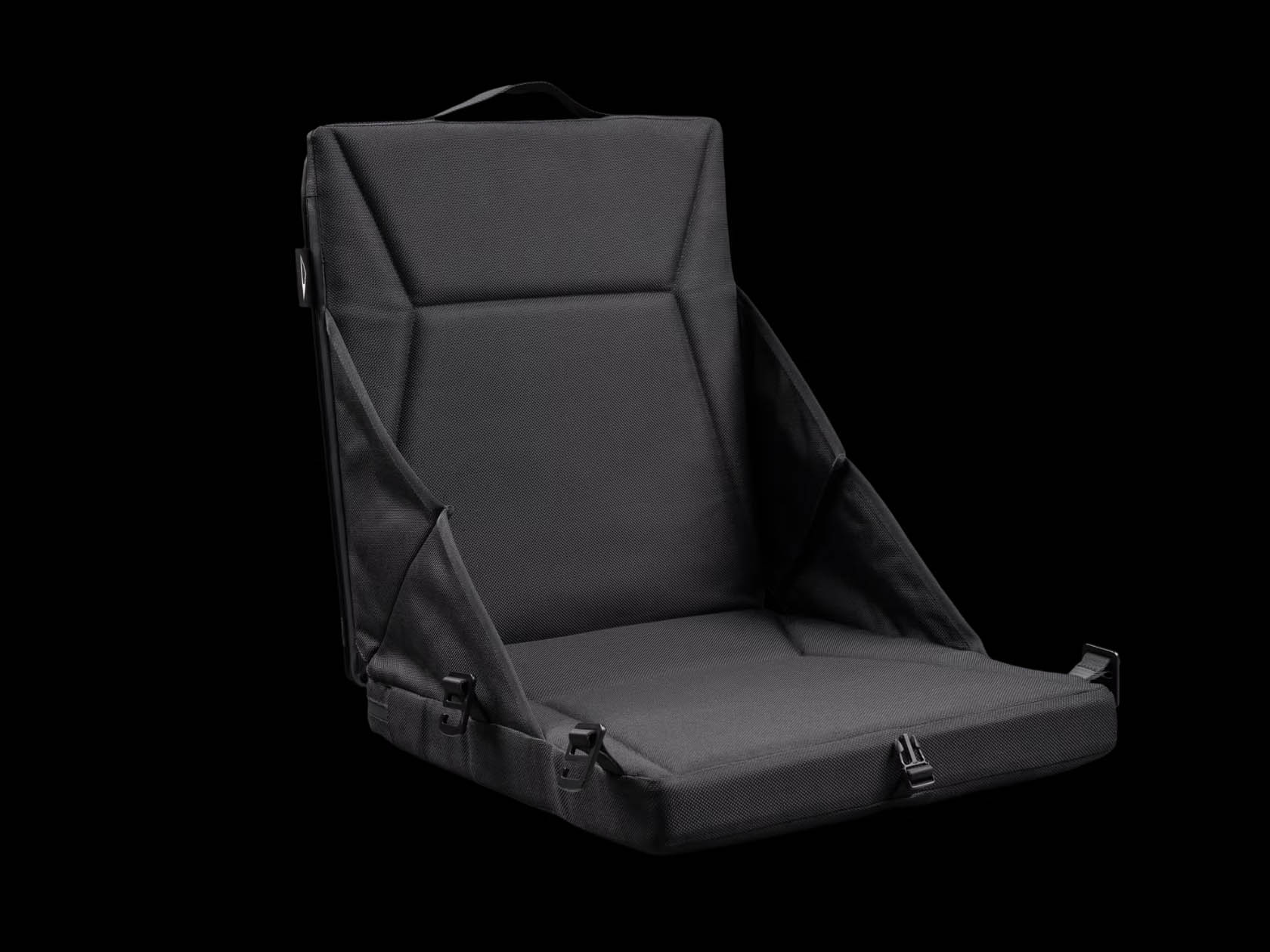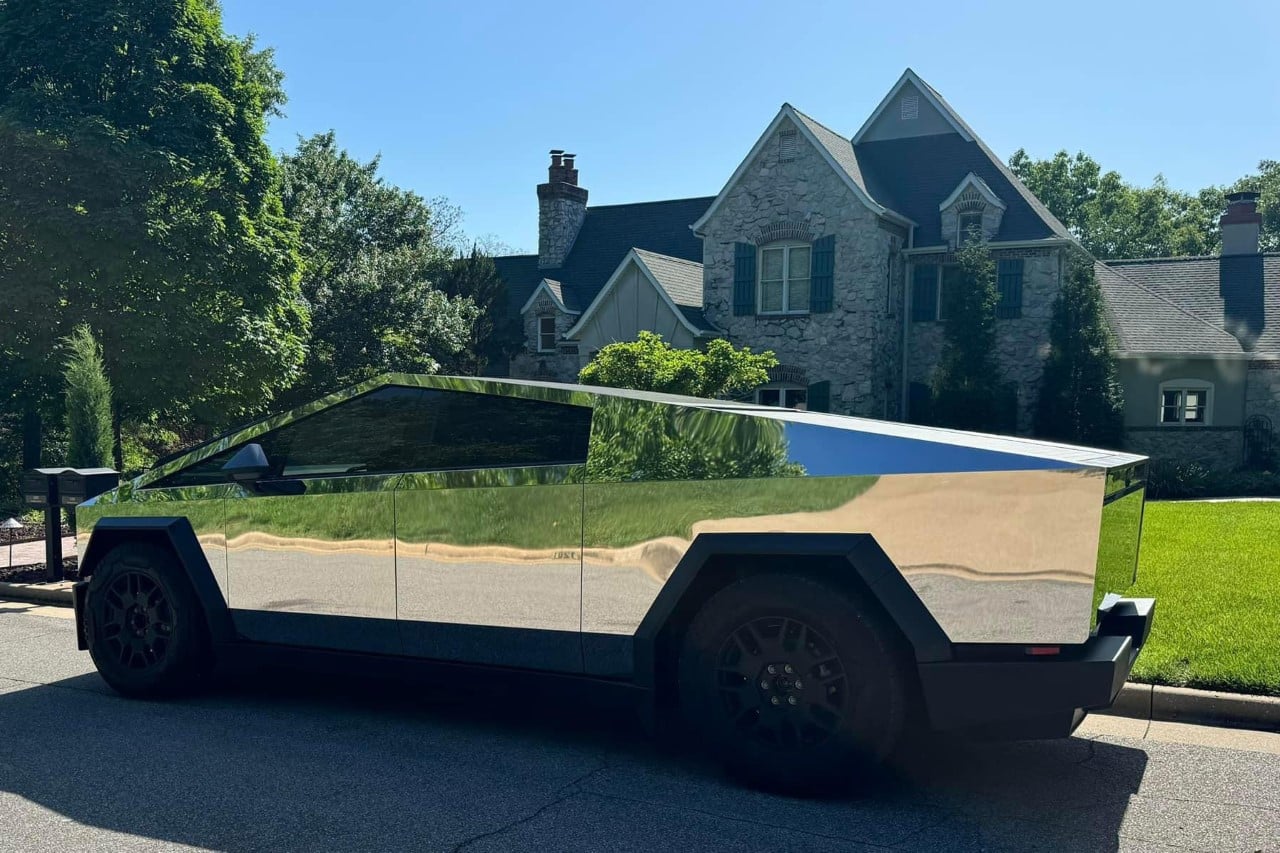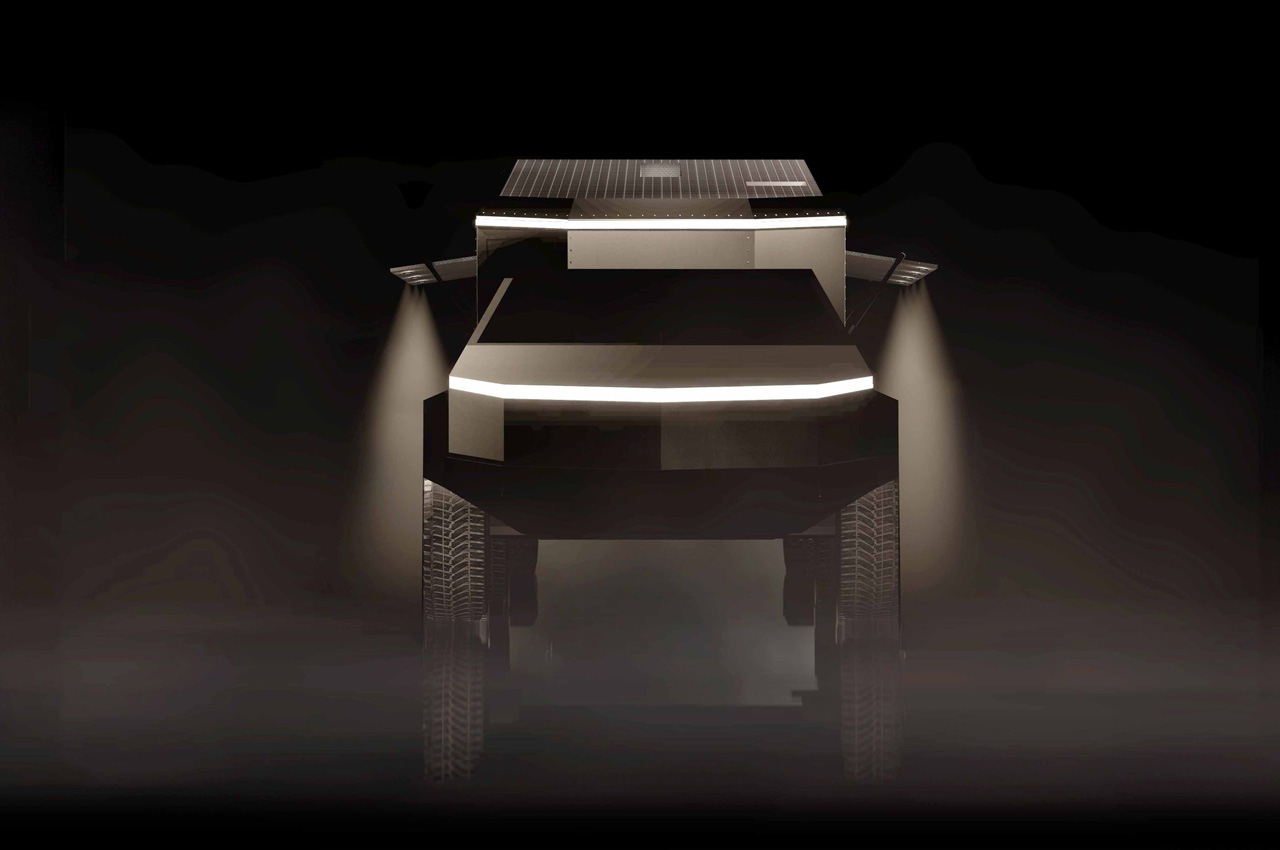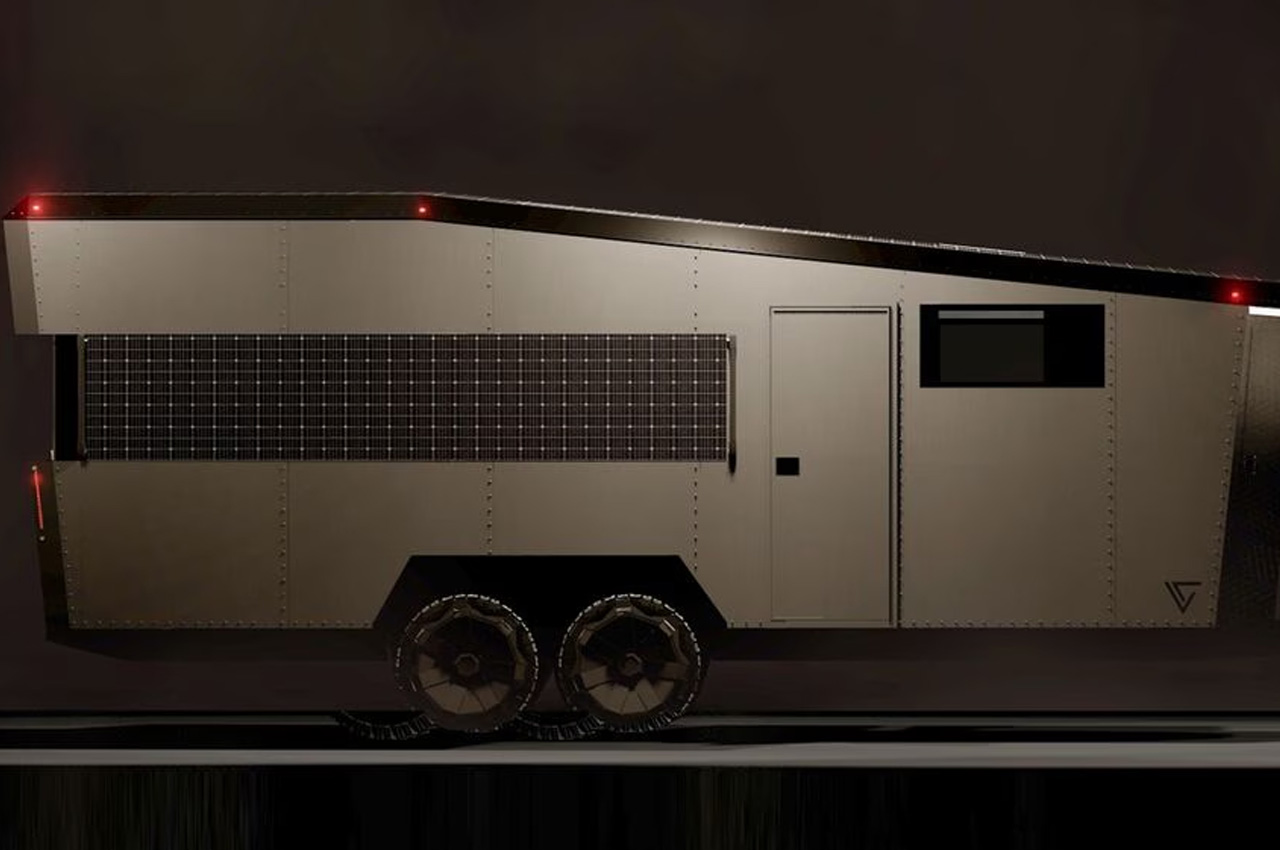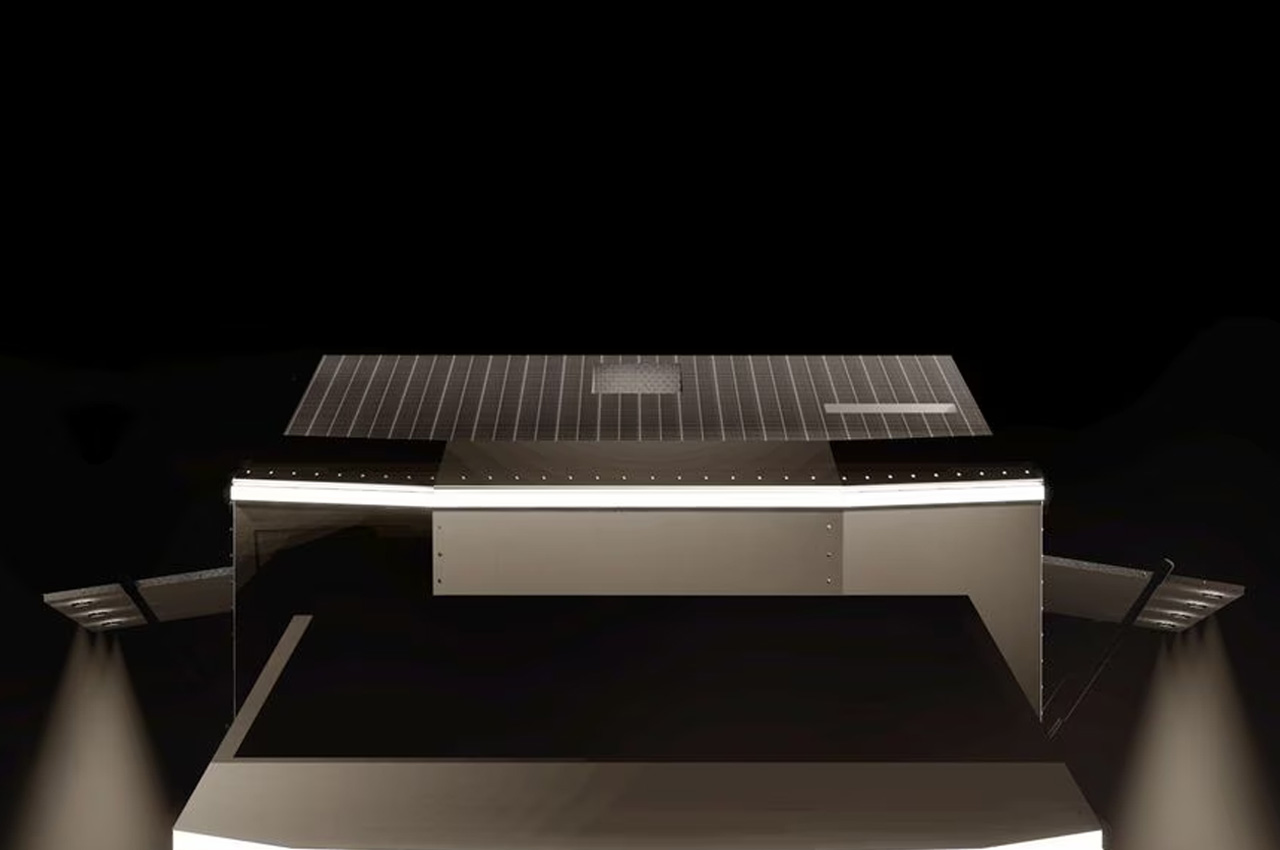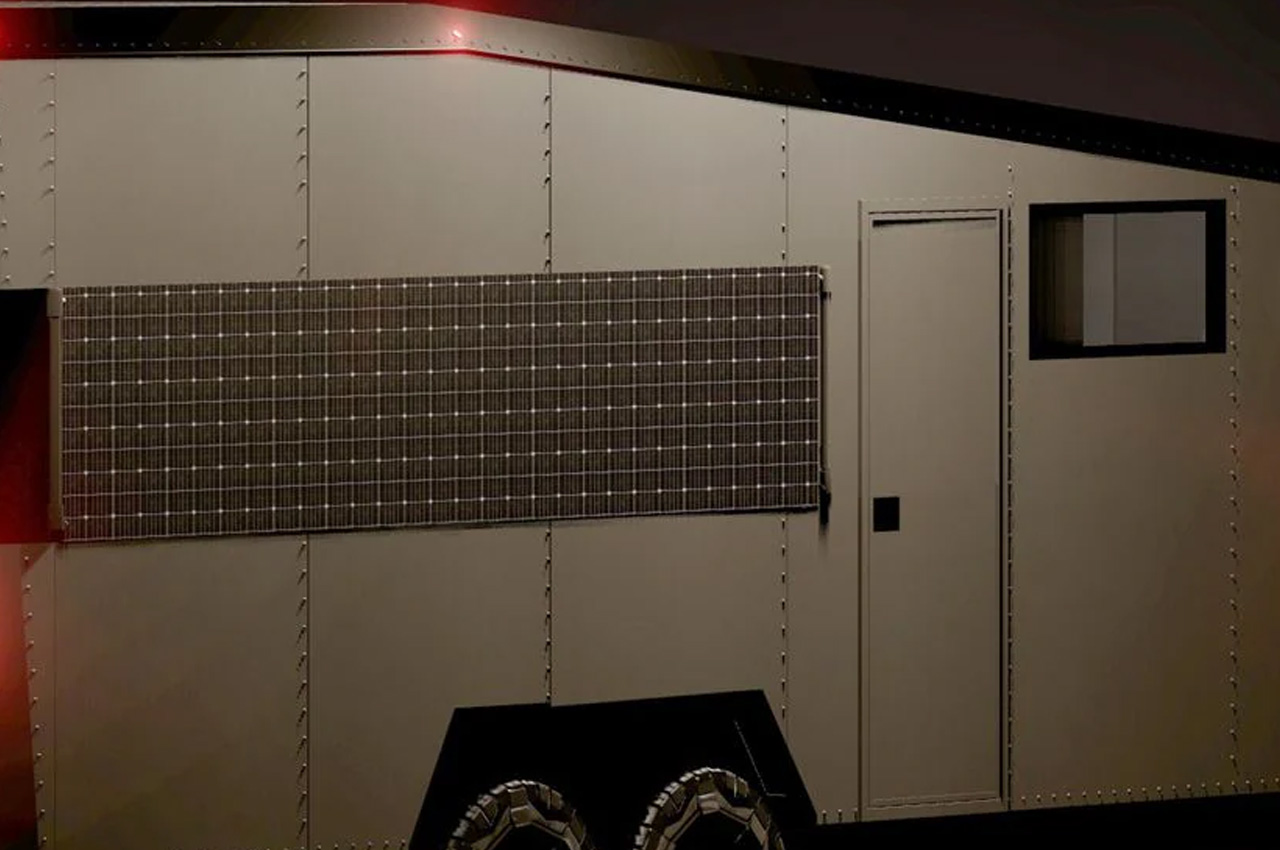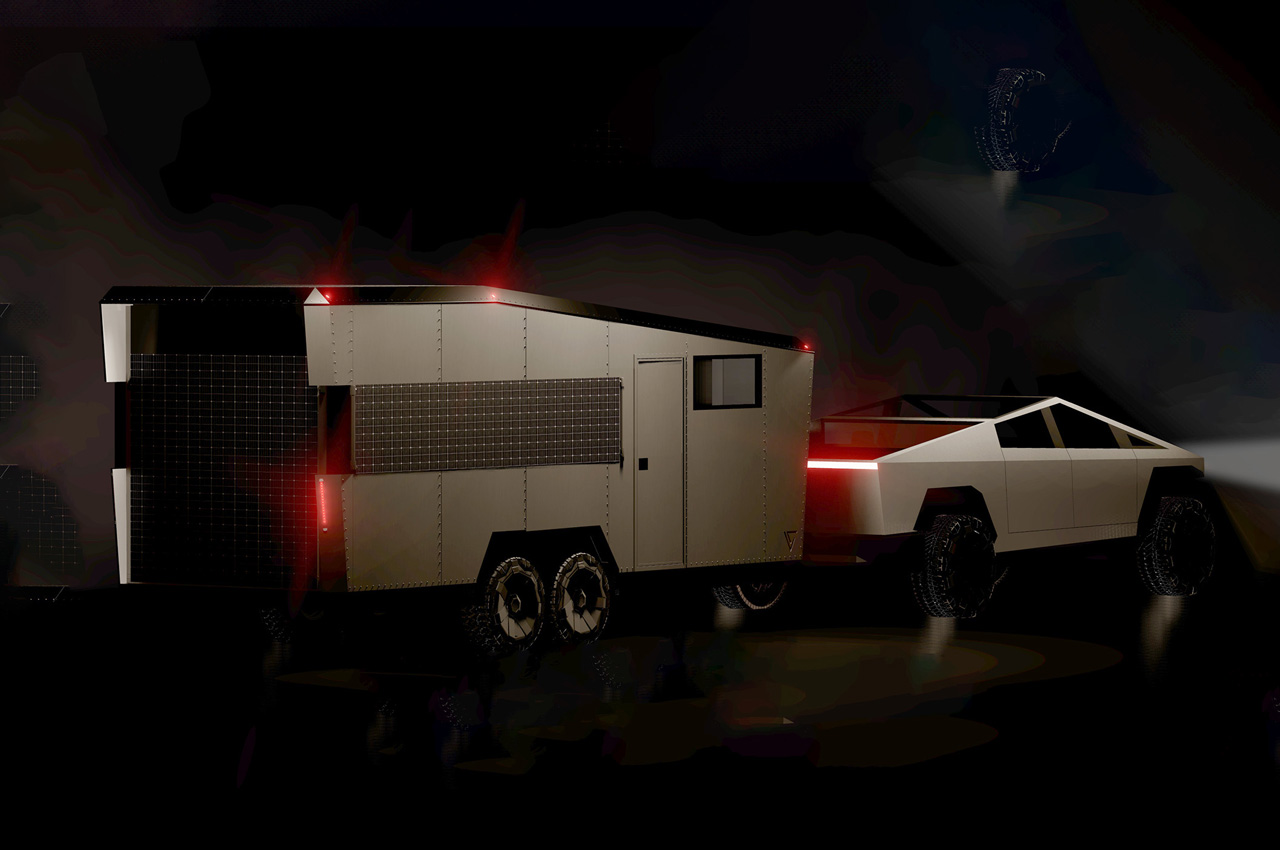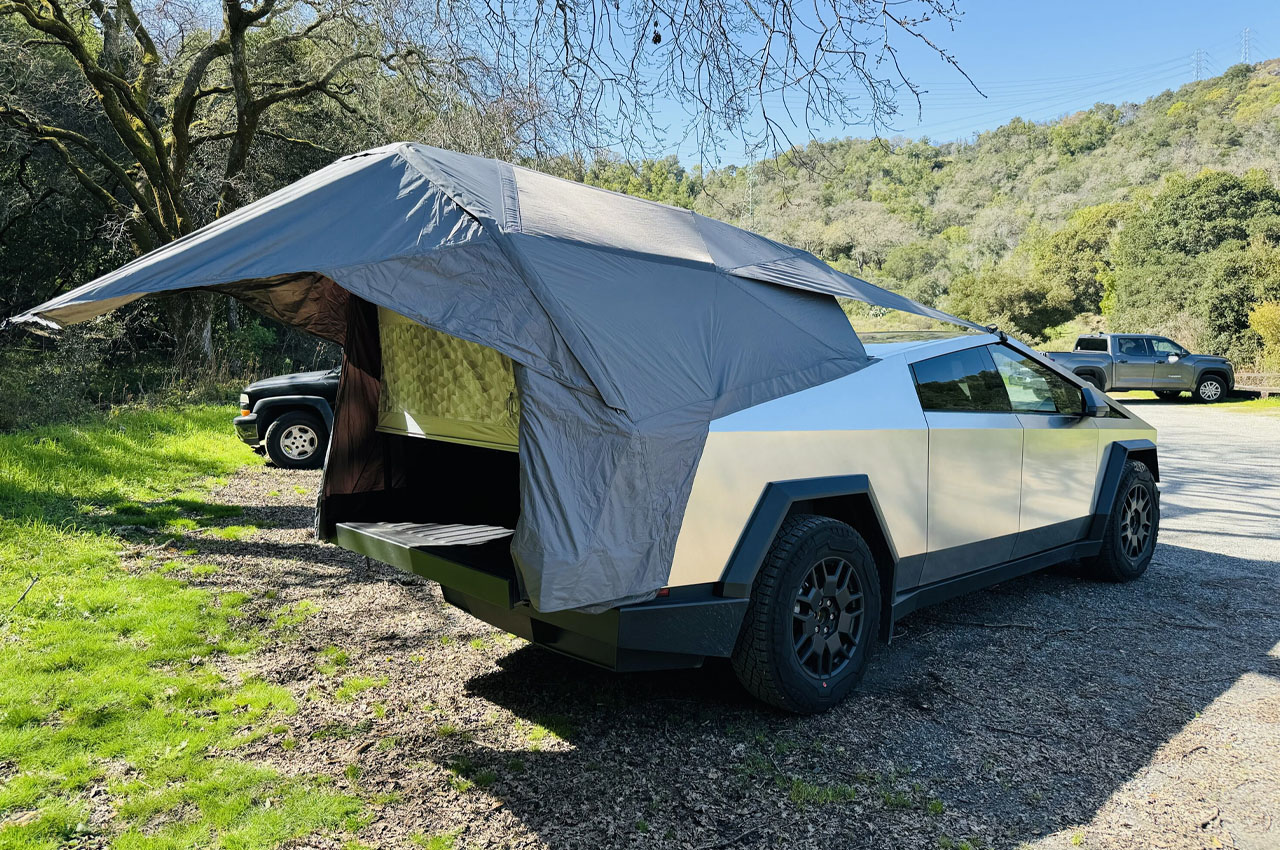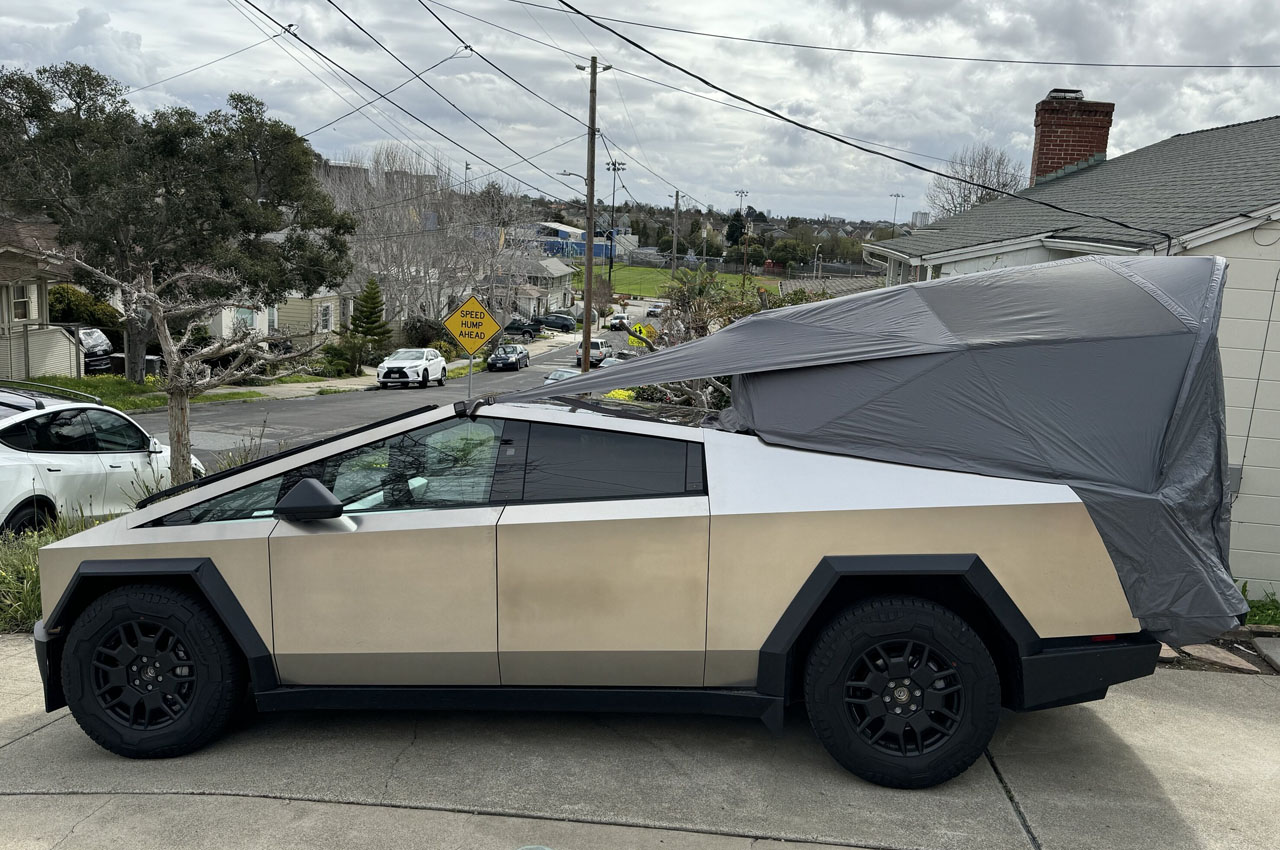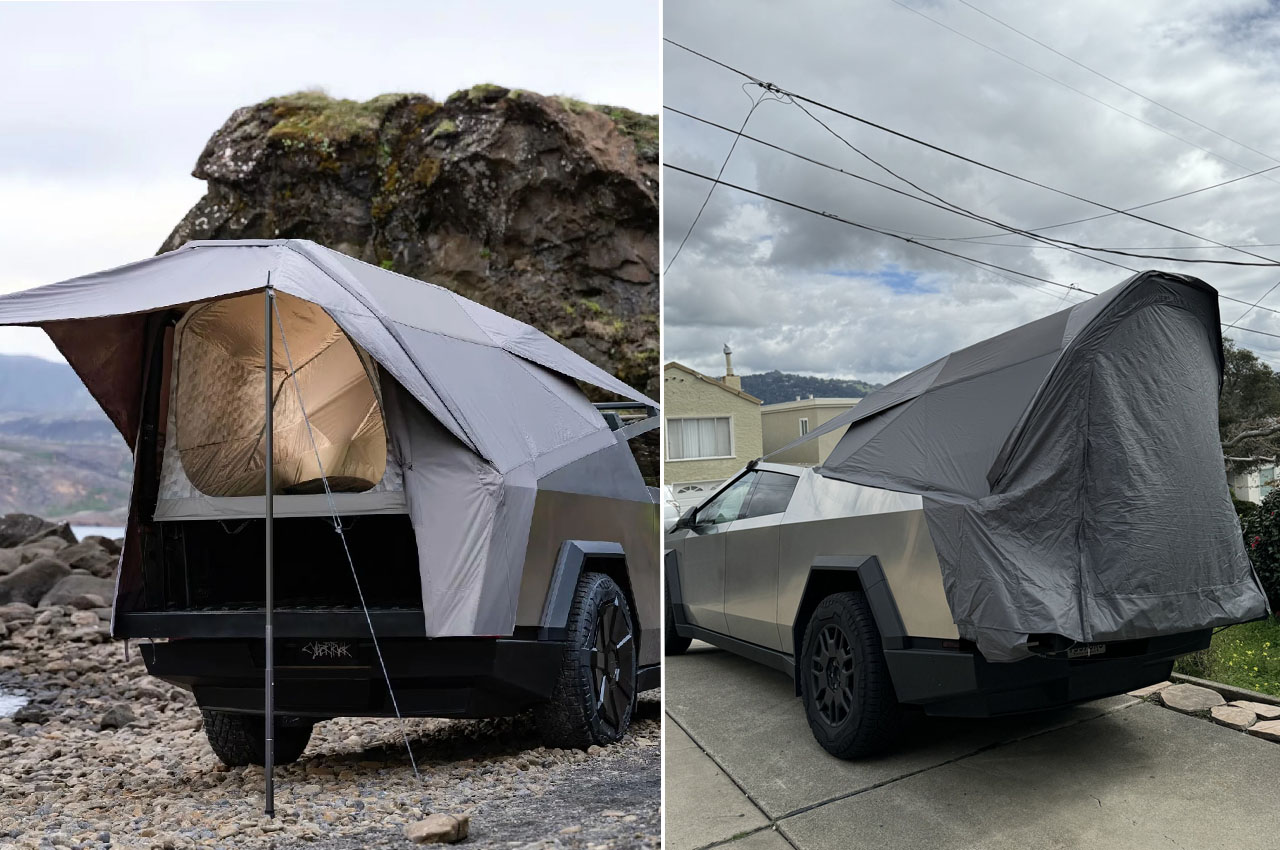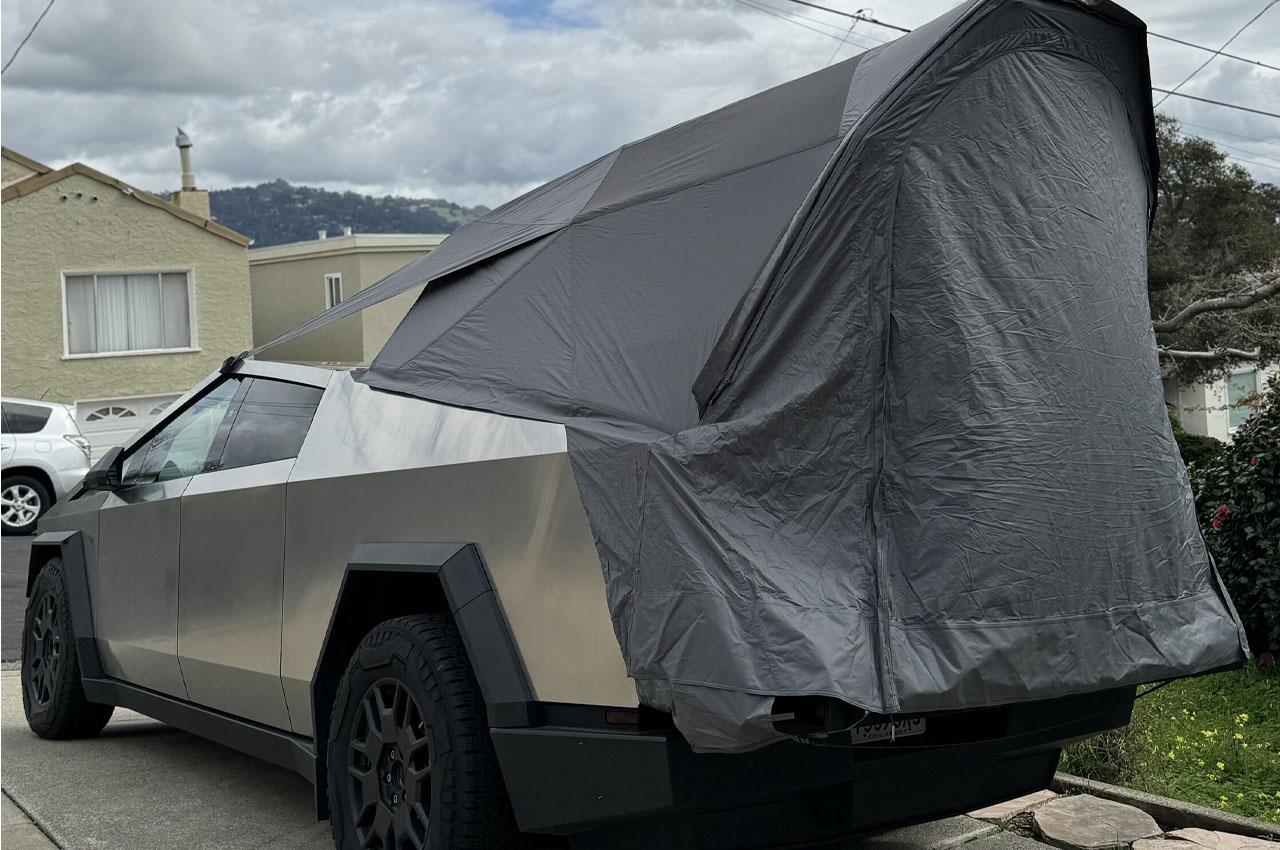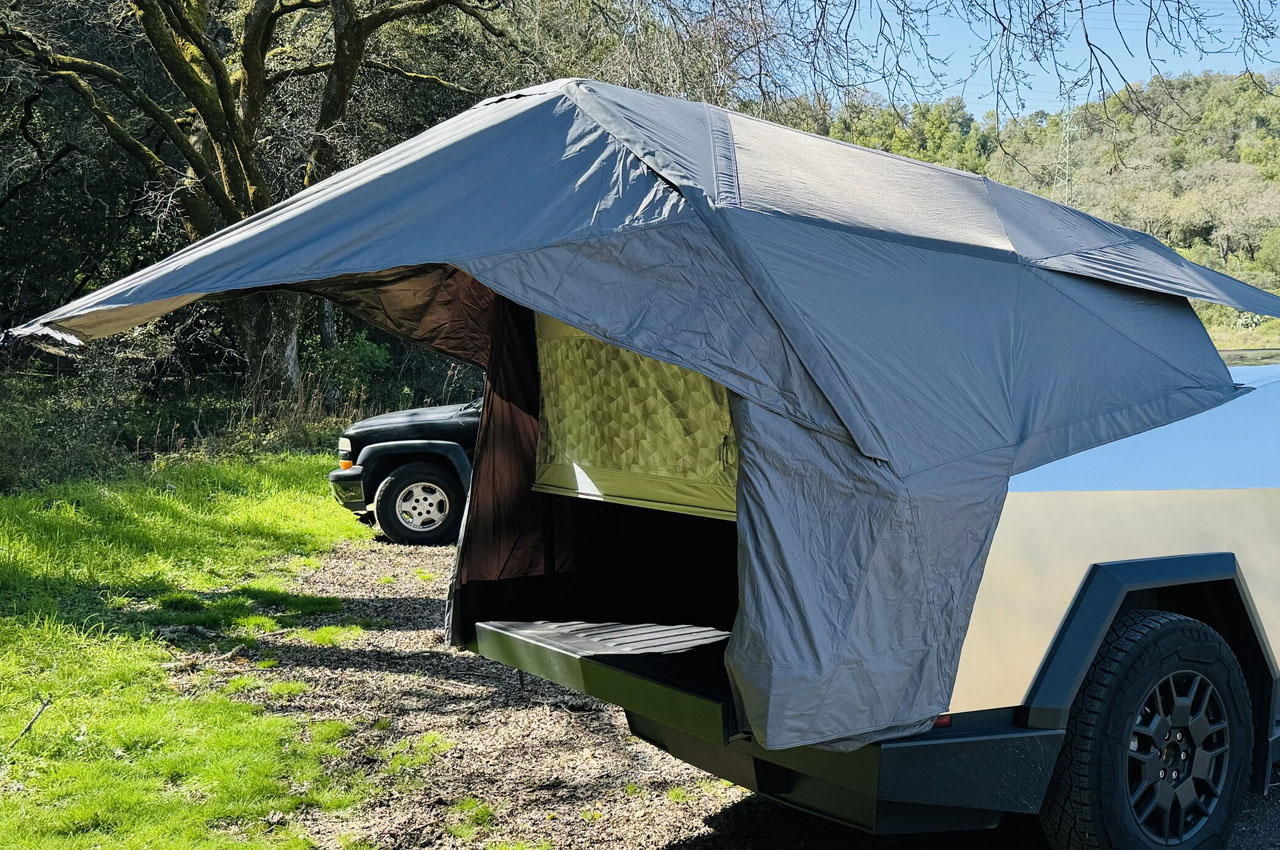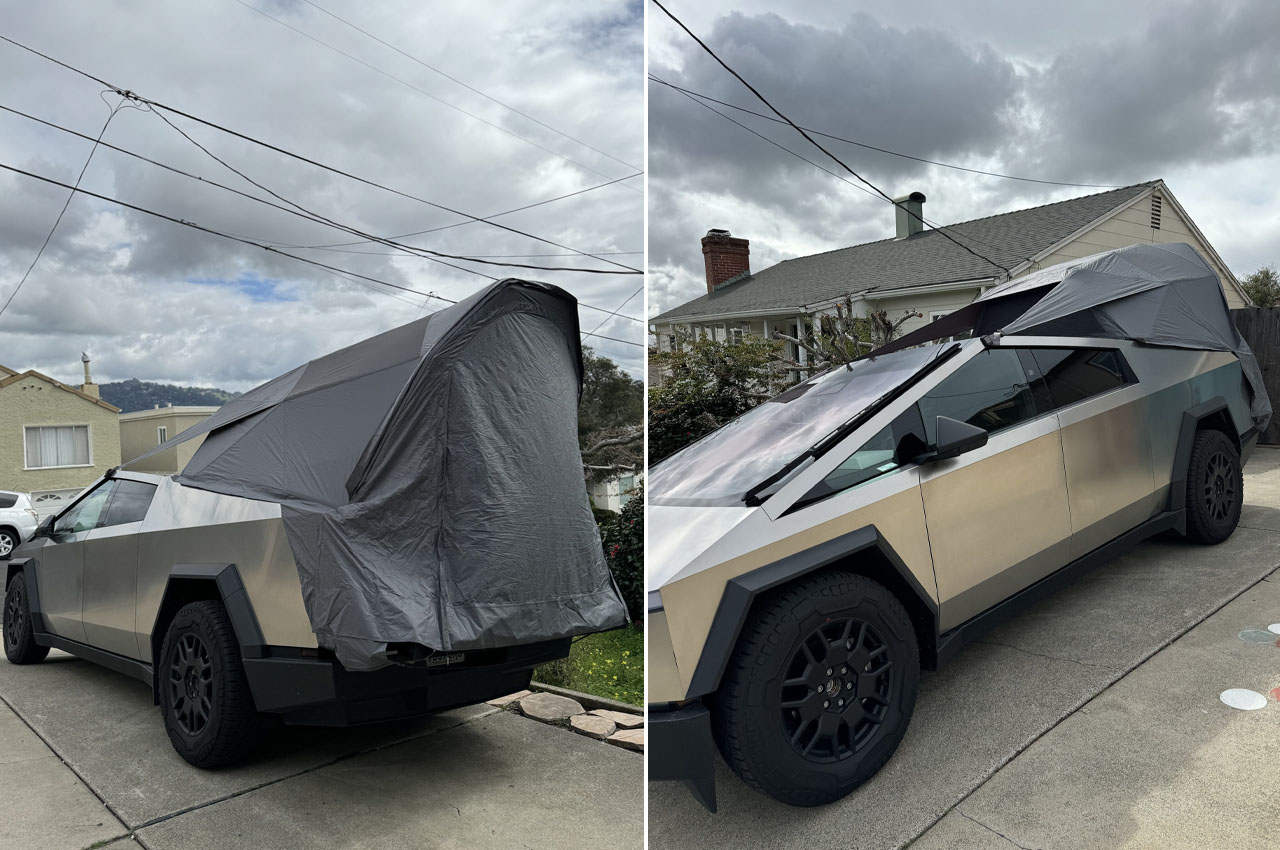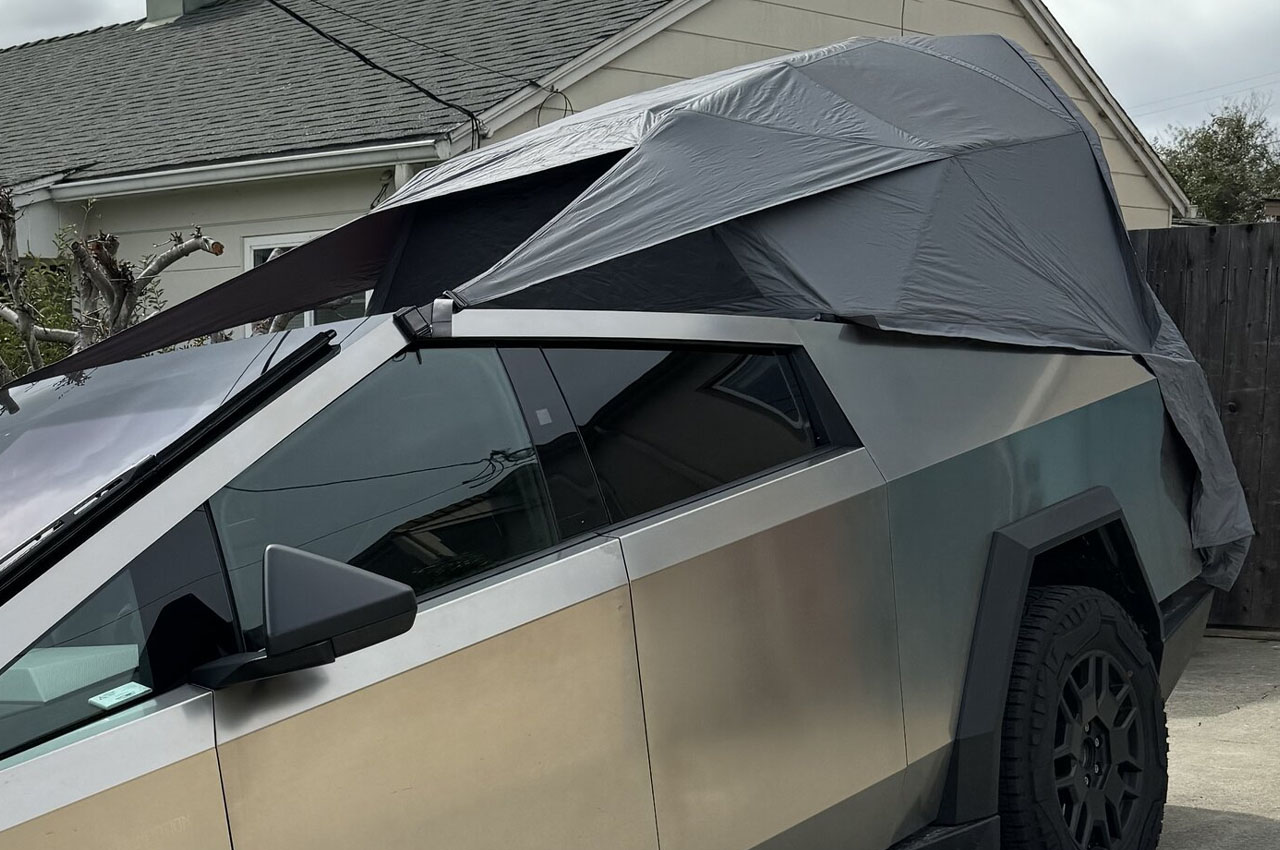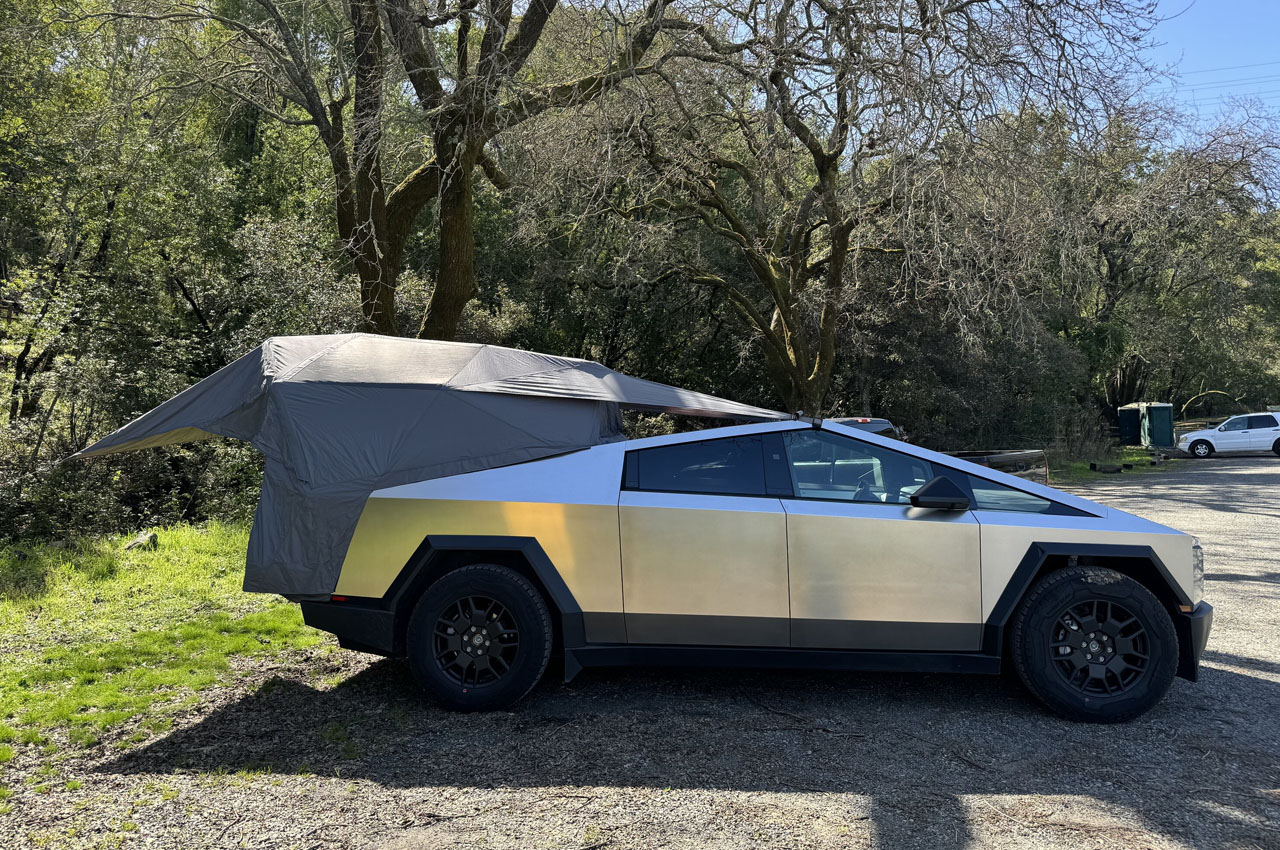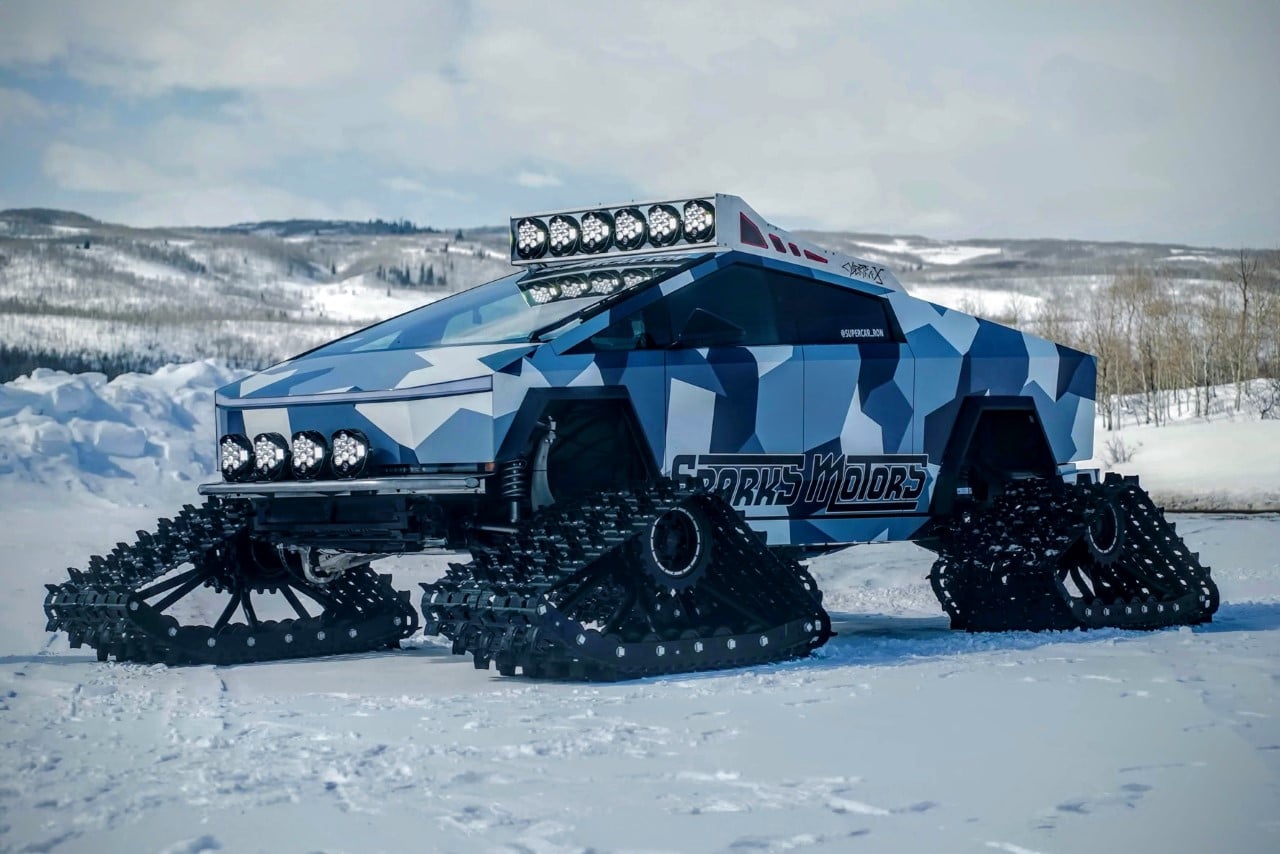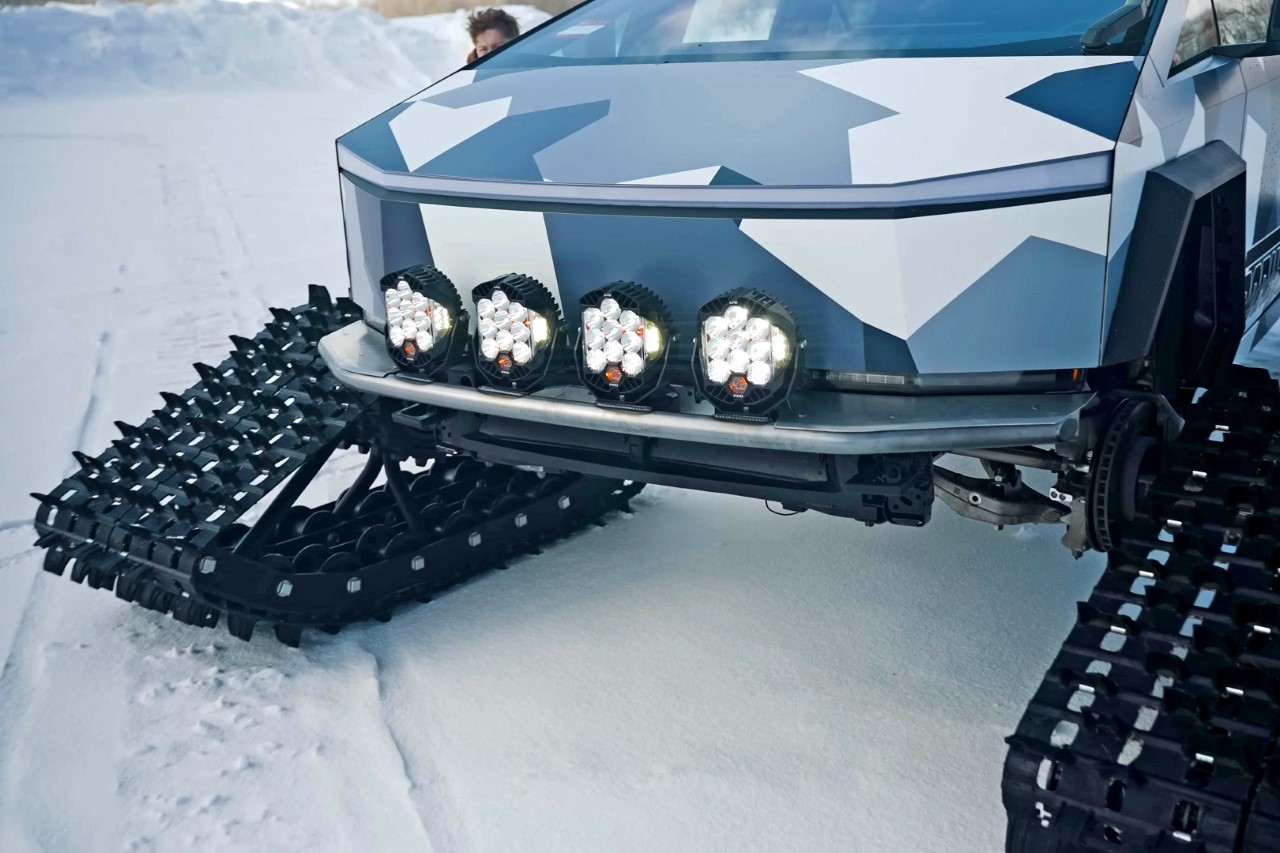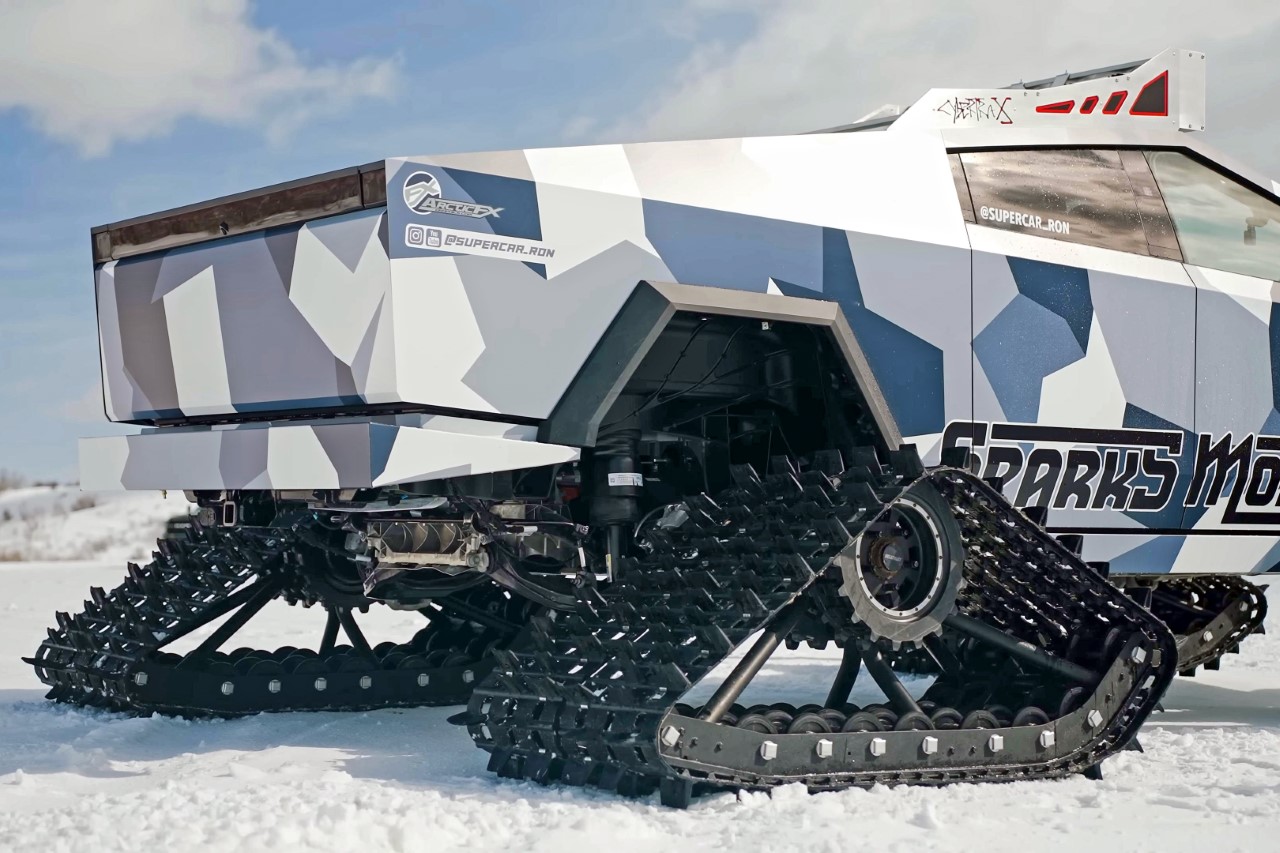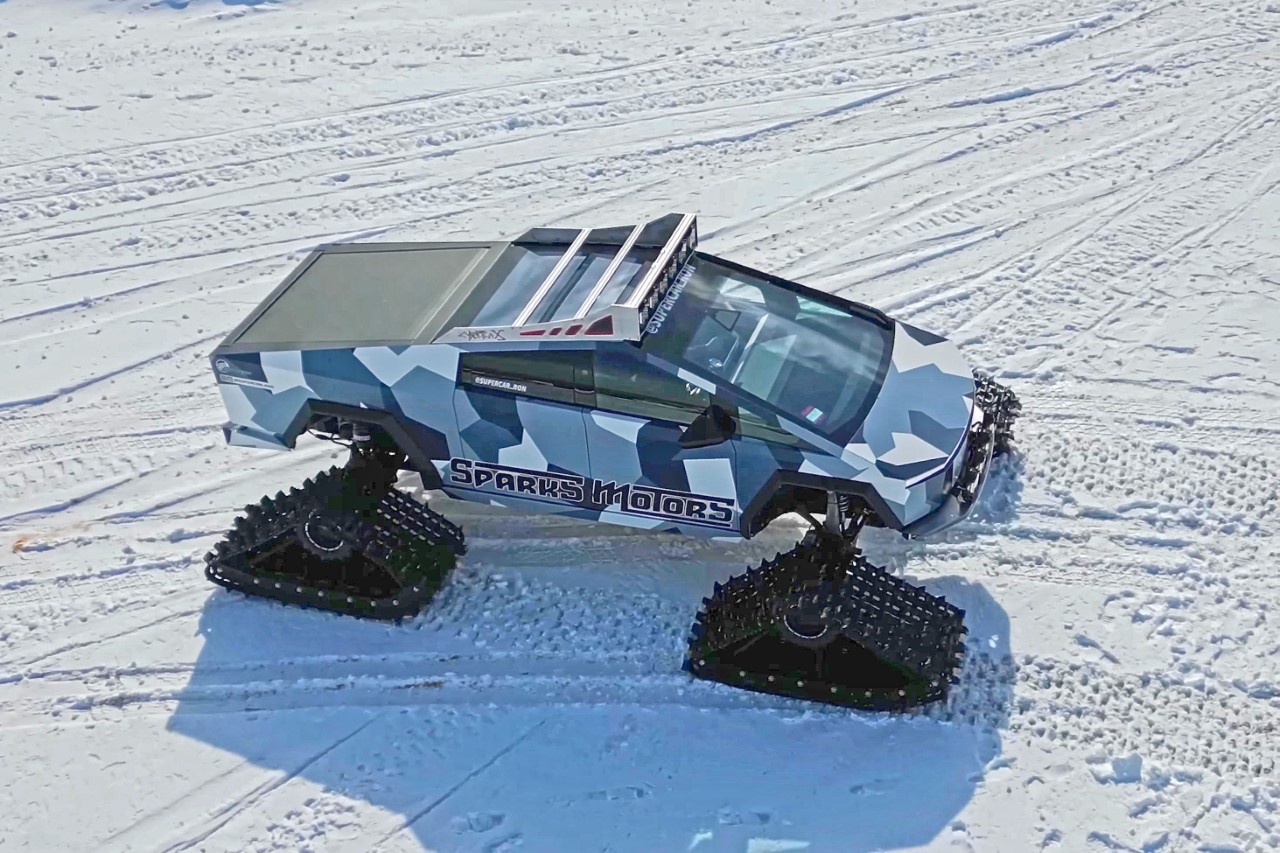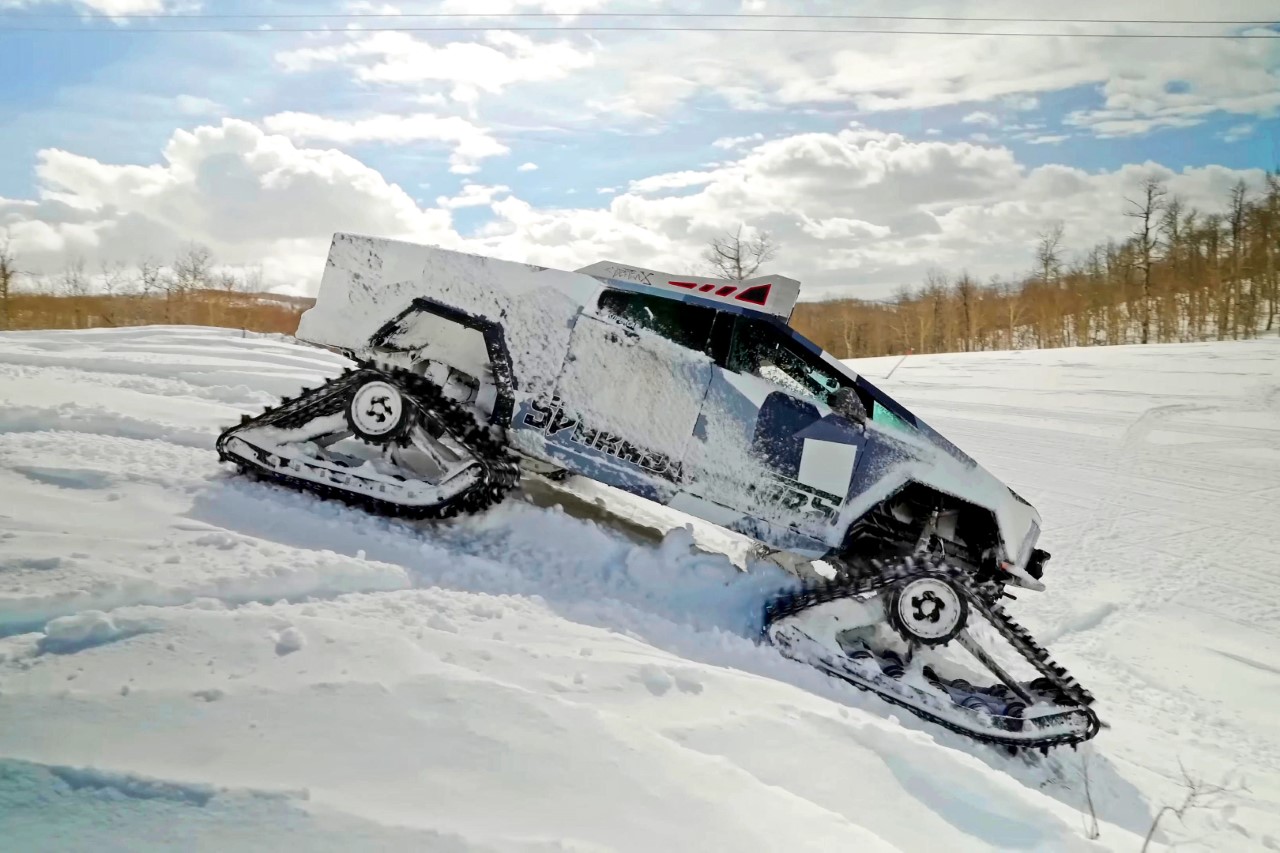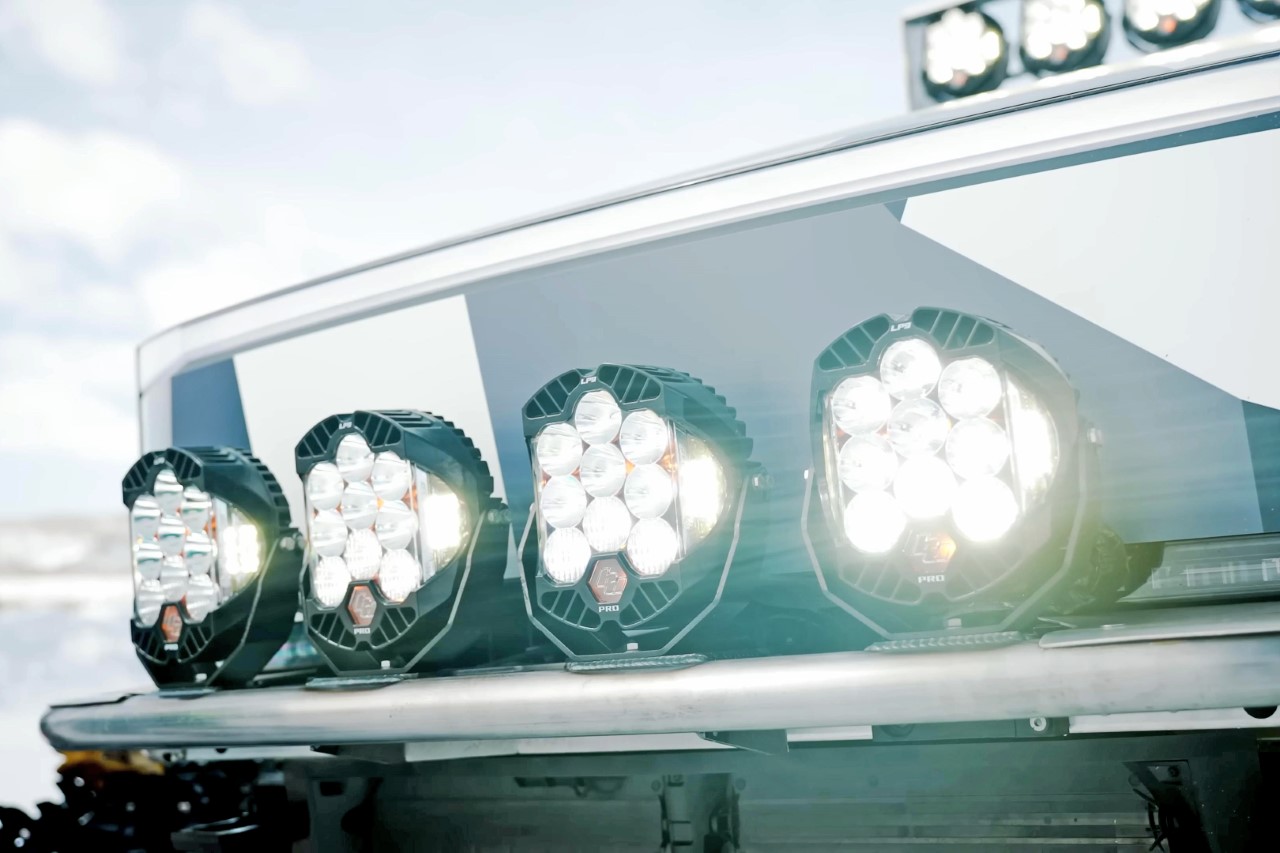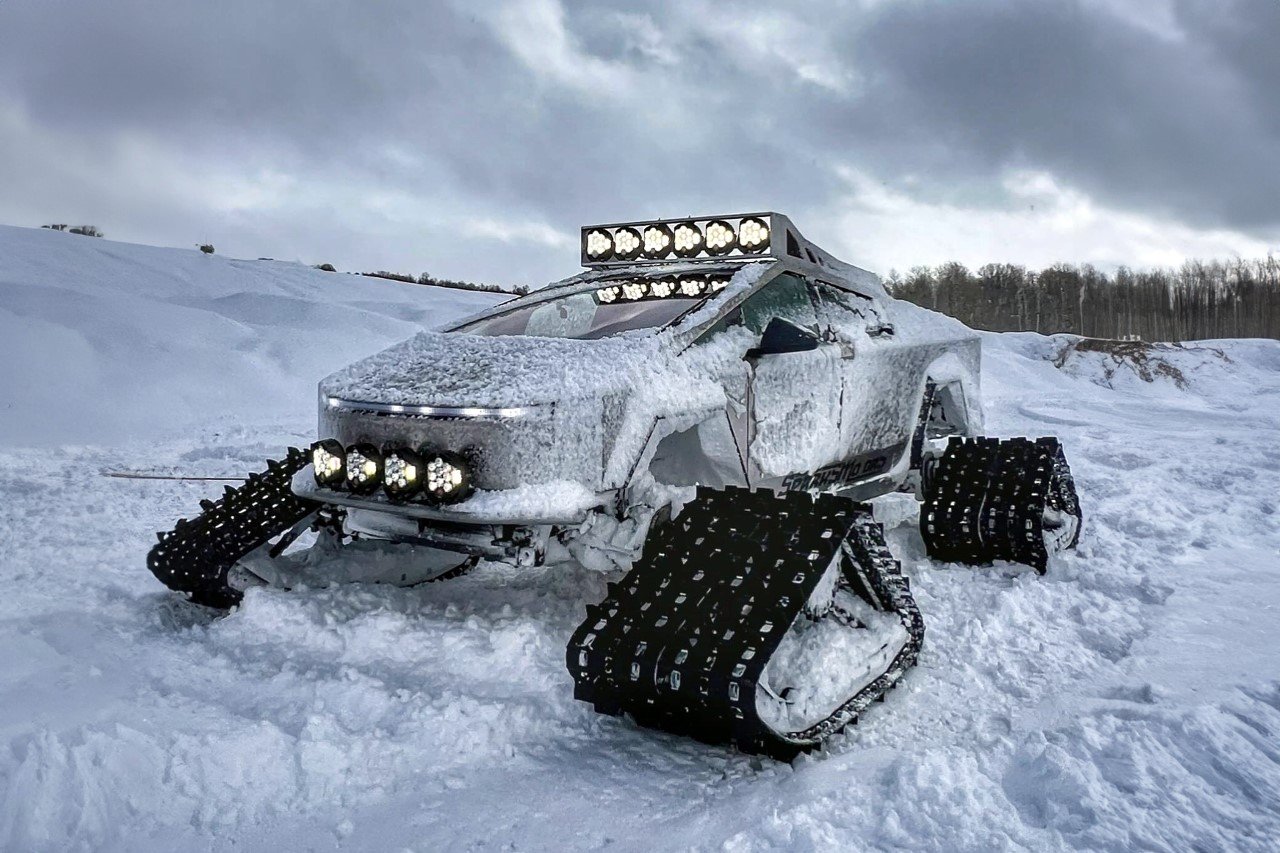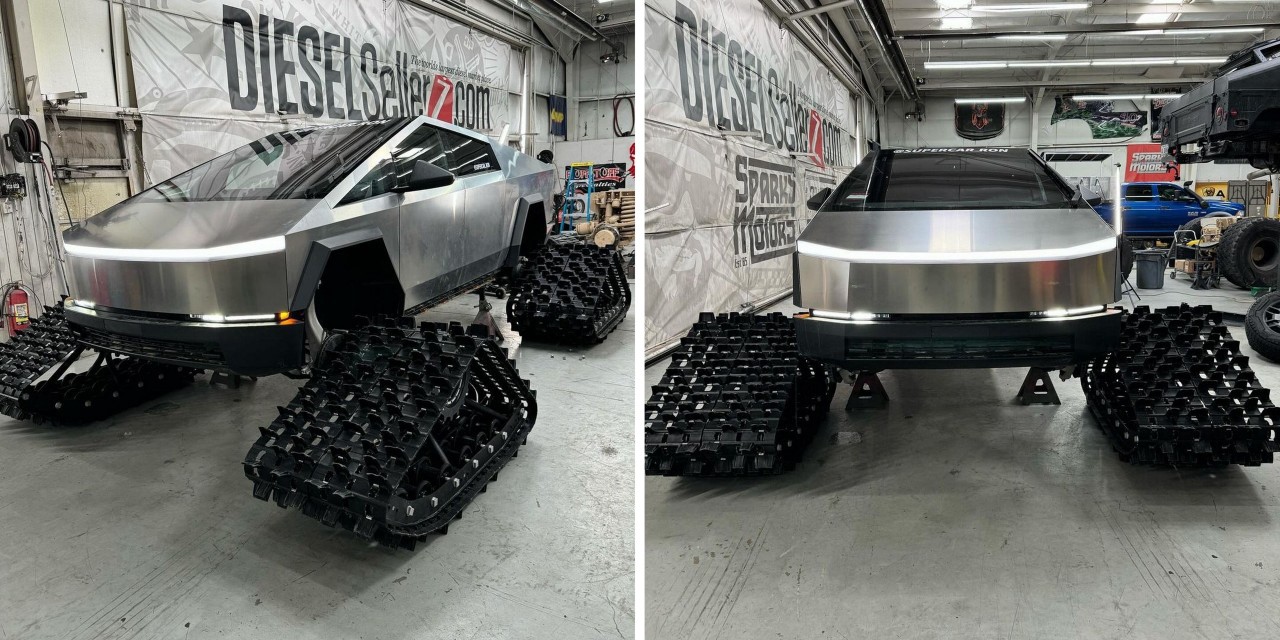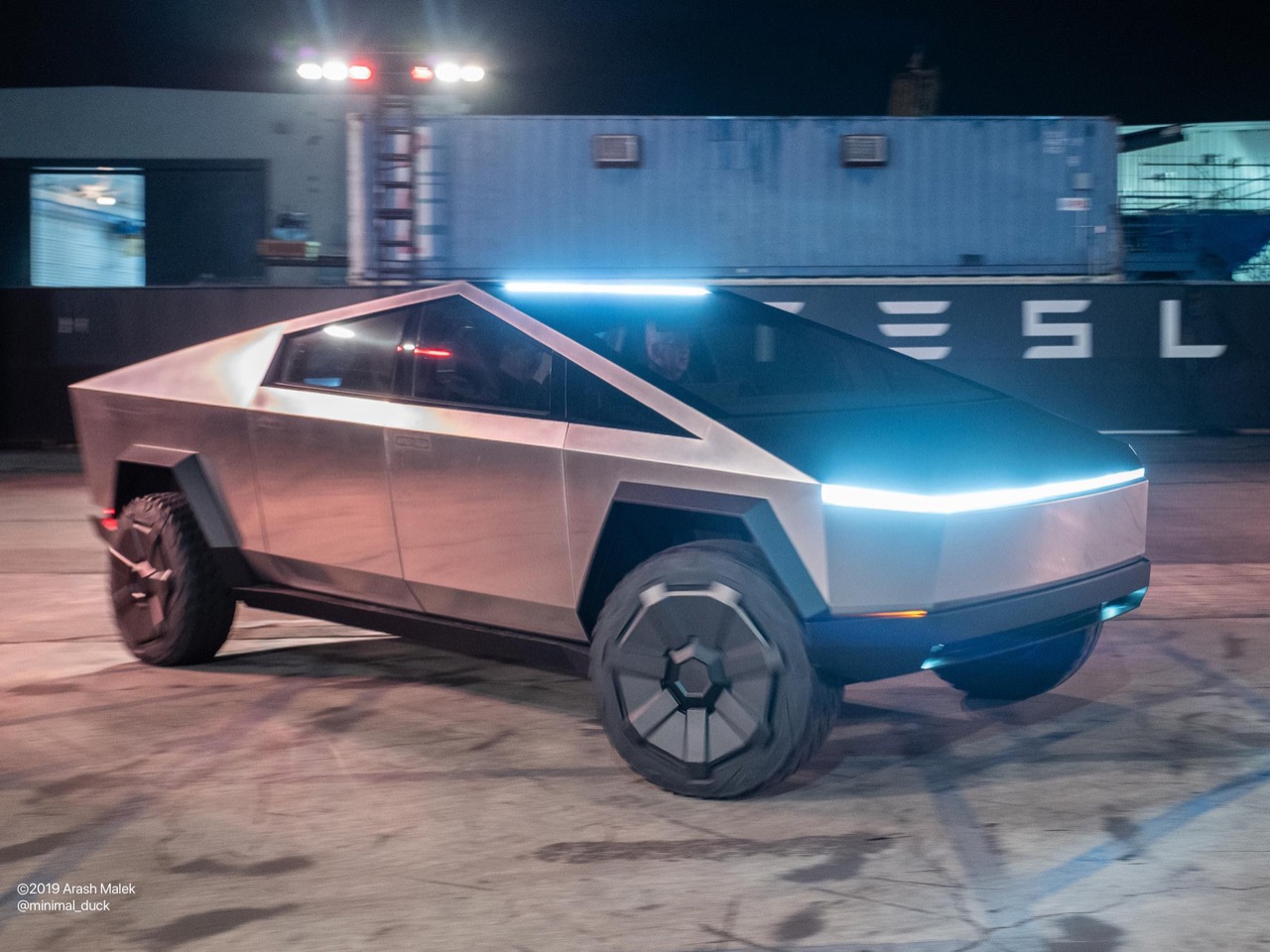
The most I’ve ever heard of a car being recalled is probably 2014 Jeep Cherokee, or the 2021 Chevy Silverado. Both cars (if I’m not mistaken), were famous for hitting as many as 7-9 recalls, but Tesla‘s Cybertruck is cruising past that number with its 12th recall since the car began rolling out to customers in November 2023. Issued just today, this latest round of recalls affects 6,197 vehicles, about 10 percent of all Cybertrucks sold. The problem? A Light Bar accessory that sits on the top of the car. Although optional, the National Highway Traffic Safety Administration is warning drivers that this off-road accessory (officially sold by Tesla) could detach and fall off, creating a road hazard for other drivers. The culprit? Weak glue.
I have to preface that a recall doesn’t imply a car is ‘bad’, it usually involves points of failures that can make driving dangerous if unchecked. Some of them are fairly benign, like this past week’s recall because the headlights were 20% too bright according to regulations (this got fixed with a mere software patch), but others are absolutely lethal, like the Cybertruck’s accelerator pedal getting stuck, which could turn your car into a speeding metallic meteor, threatening not just your life, but also the lives of others around you.
Designer: Tesla
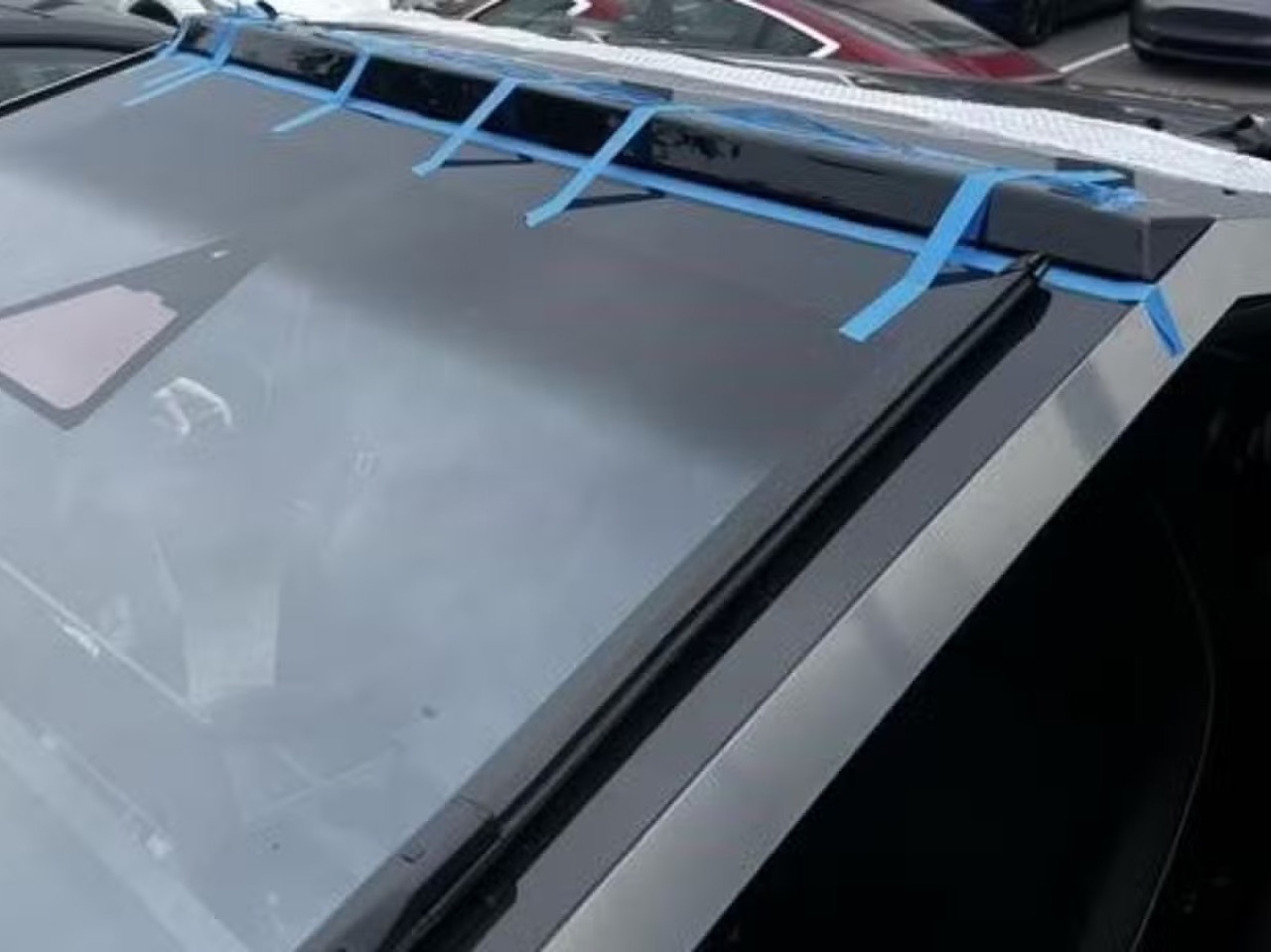
That being said, 12 recalls is certainly worth noticing. In just under 2 years, the Cybertruck’s faced problems with the motor controlling the windshield wiper, the exterior stainless steel sheet literally peeling off because of weak glue, errors within the Tire Pressure Monitoring System, software and firmware issues, interior trim parts affecting the accelerator pedal, the headlights being too bright, the light bar accessory having faulty lighting, and even the bar itself not being glued on properly. Apart from the countless recalls, the Cybertruck’s also been plagued by problems like rust accumulating on its exterior panels. With its over-a-trillion-dollar valuation, you don’t expect the EV pioneer to operate with these ‘startup growth pains’.
That being said, Tesla will inspect the accessory and will either install an additional mechanical attachment or replace the old light bar with a new one using tape to adhere it to the windshield along with the necessary mechanical attachment, free of charge, according to the NHTSA. Owners should receive a mailed notification about the recall sometime after December 26.
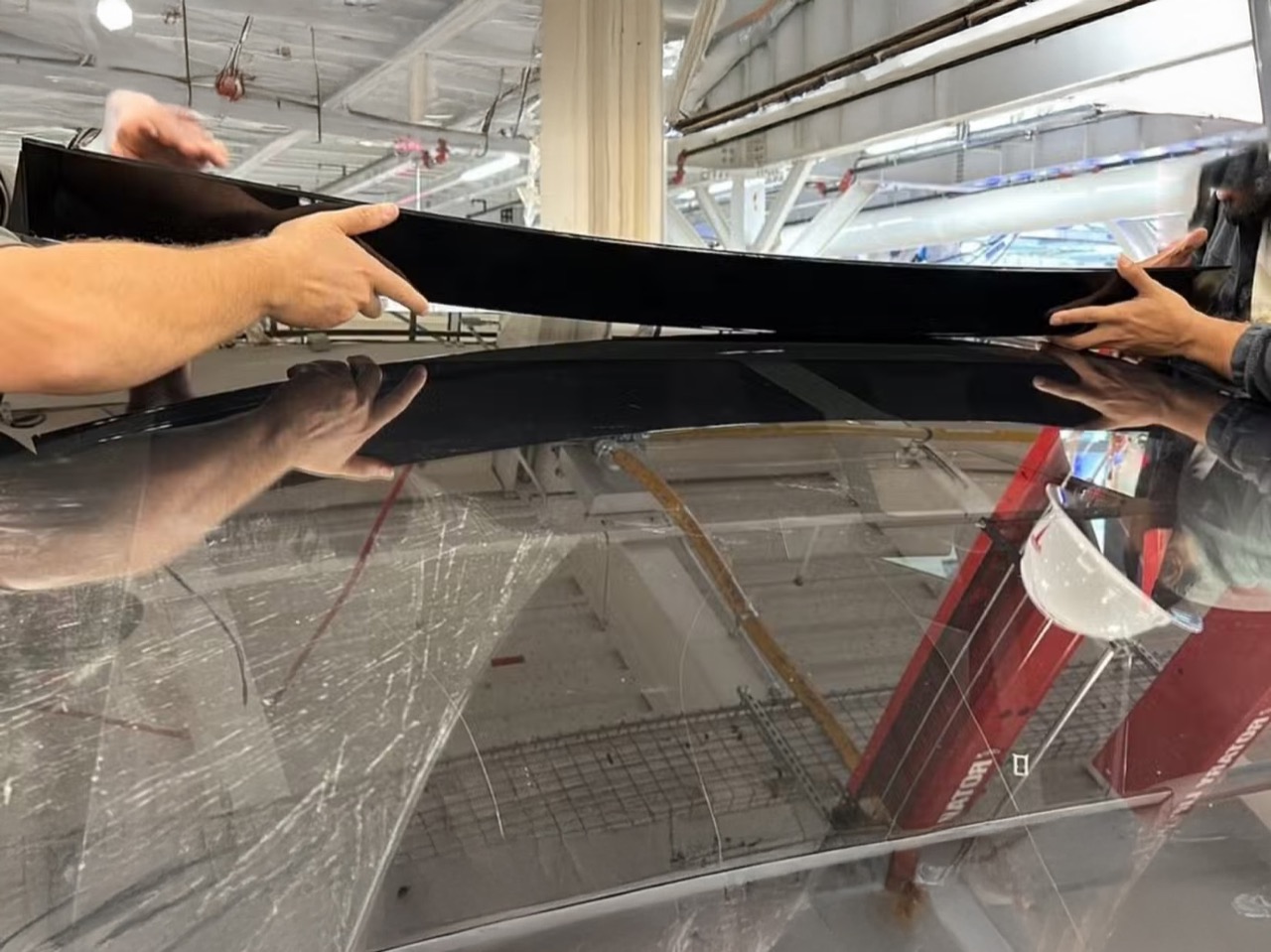
The post 12 Recalls in 2 Years: The Tesla Cybertruck Is Breaking Records For All The Wrong Reasons first appeared on Yanko Design.





















